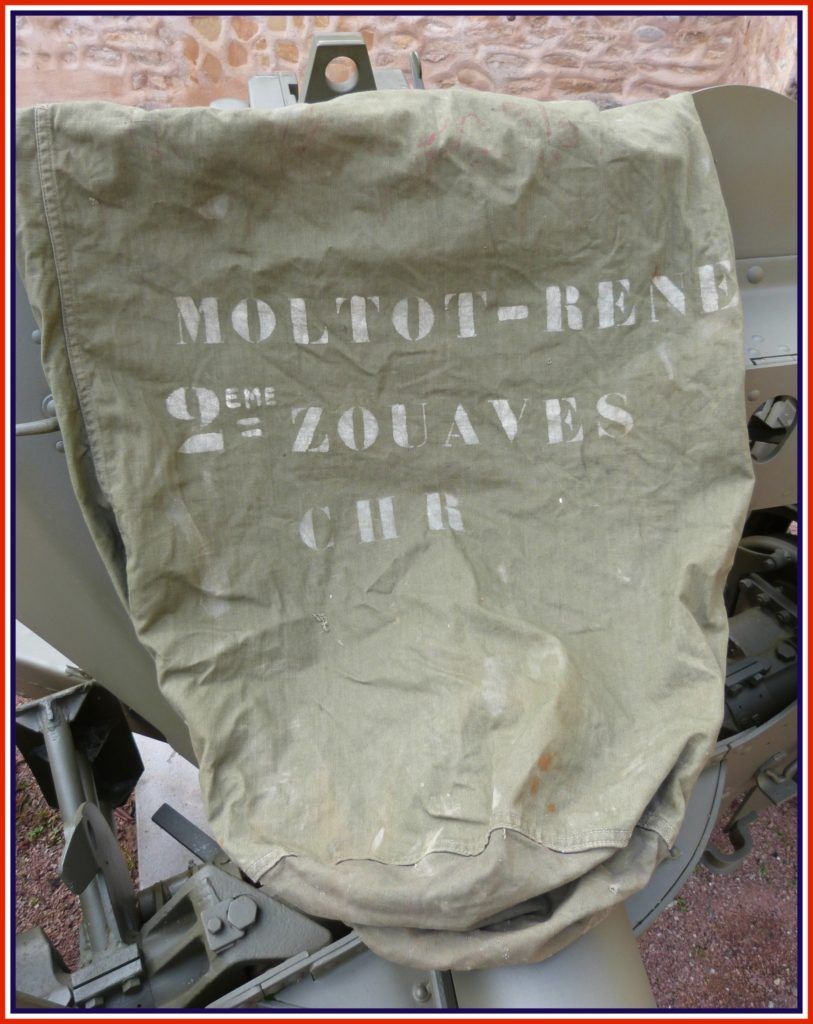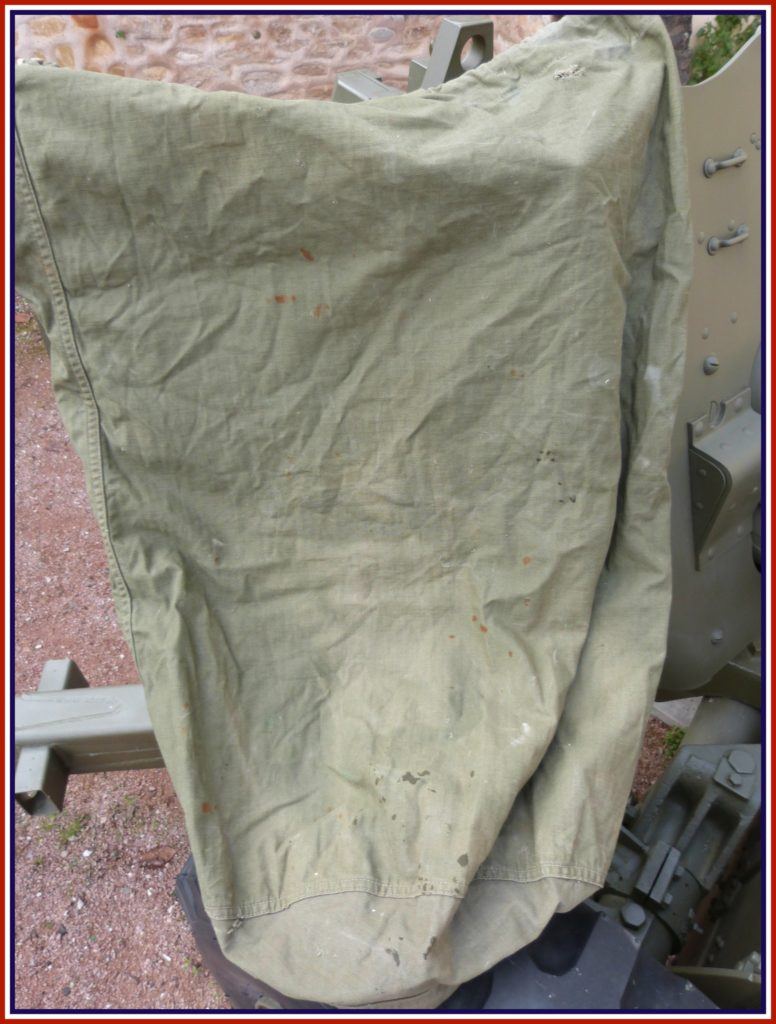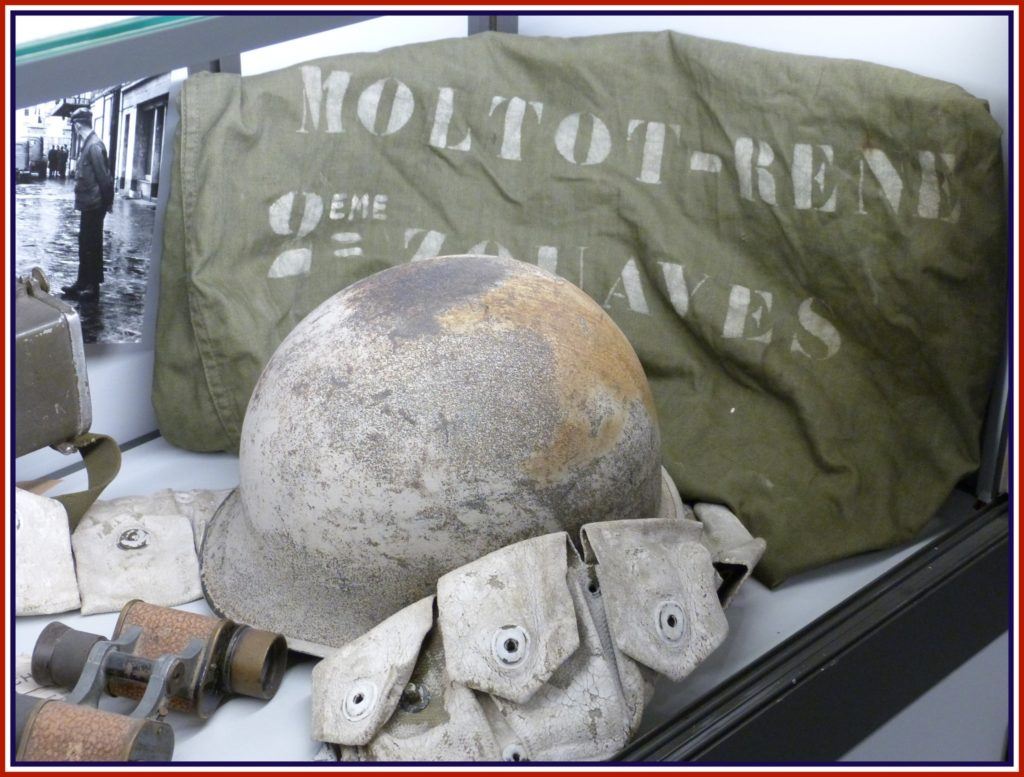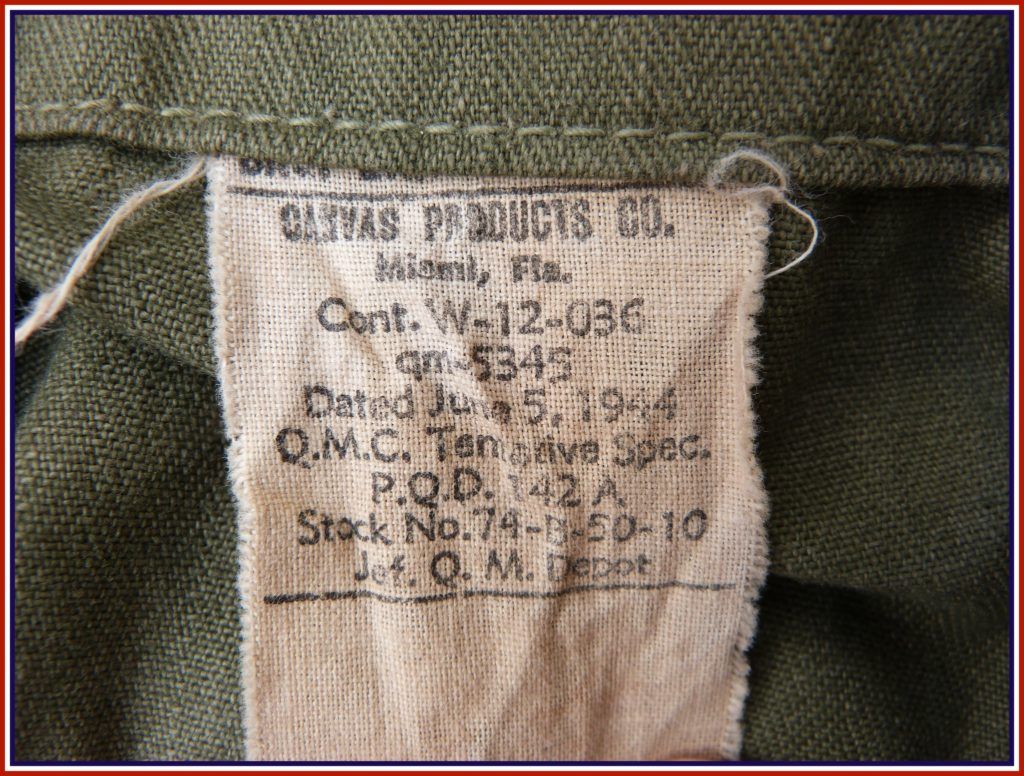Lloyd Walter GREGORY 1913 – 1944
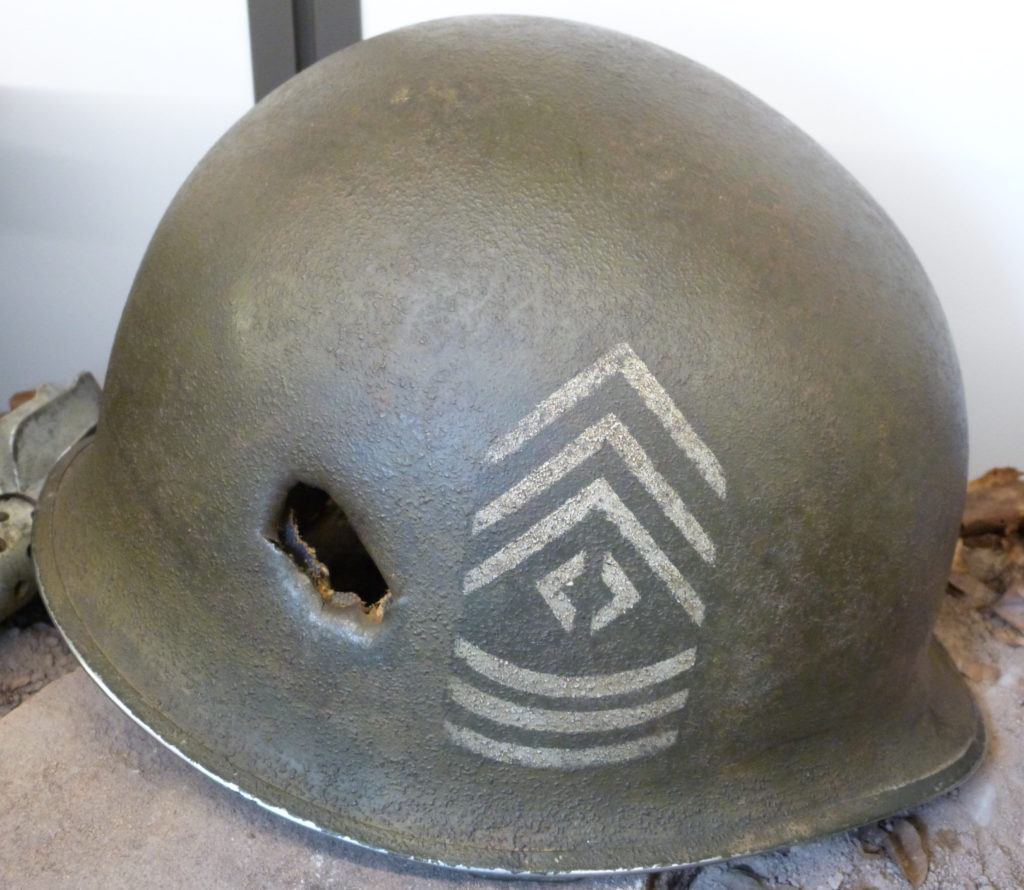
This helmet reminds us of Lloyd’s sacrifice. W. GREGORY for Freedom.
He was born on March 11, 1913 in San Joaquin, California. In civilian life he worked as a laborer in the oil industry.
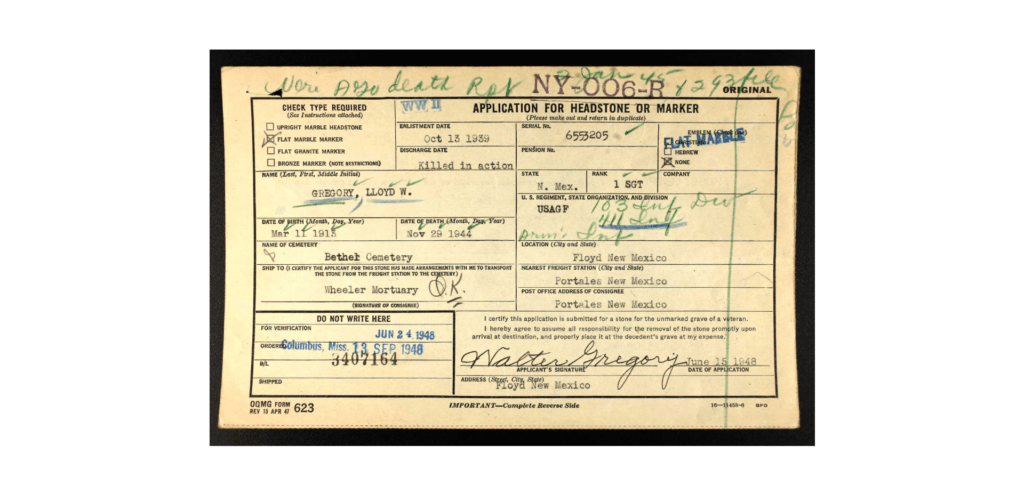
He joined the U.S. Army on October 13, 1939 in Los Angeles.
First Sergeant GREGORY Lloyd W. (“GREG” engraved in the helmet), Army serial number n° 06553205 (the last 4 digits written on the inside strap of the liner) fought in Alsace with the 411th Infantry Regiment of the Company G of the 103rd Infantry Division “Cactus”.
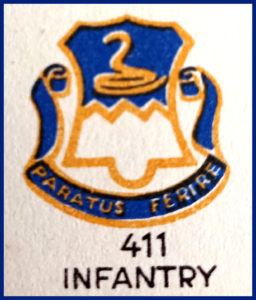

According to the American archives of the army we find these few lines concerning him:
On 13/03/1944 he was awarded the Purple Heart.
On 7/5/1944 he was granted an ordinary 14-day leave.
On the 21/05/1944 an ordinary leave of 14 days.
On 16/11/1944 he was slightly wounded in combat. Not hospitalized.
On 11/29/1944 3 soldiers: 1 non-commissioned man and 2 NCO’s including Gregory Lloyd W. were reported missing.
13/12/1944 Gregory Lloyd W. is declared from MIA (Missing In Action) to KIA (Kill In Action) = from missing to killed in action on 29-Nov 1944.
He is buried in Bethel Cemetery, New Mexico, USA.
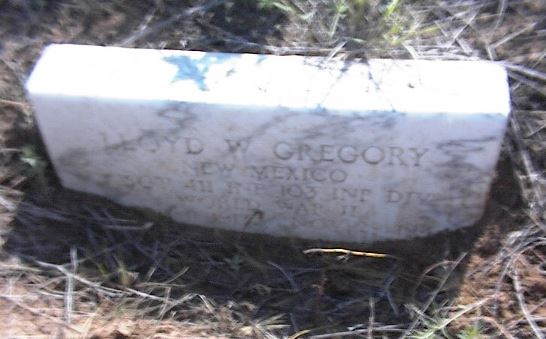
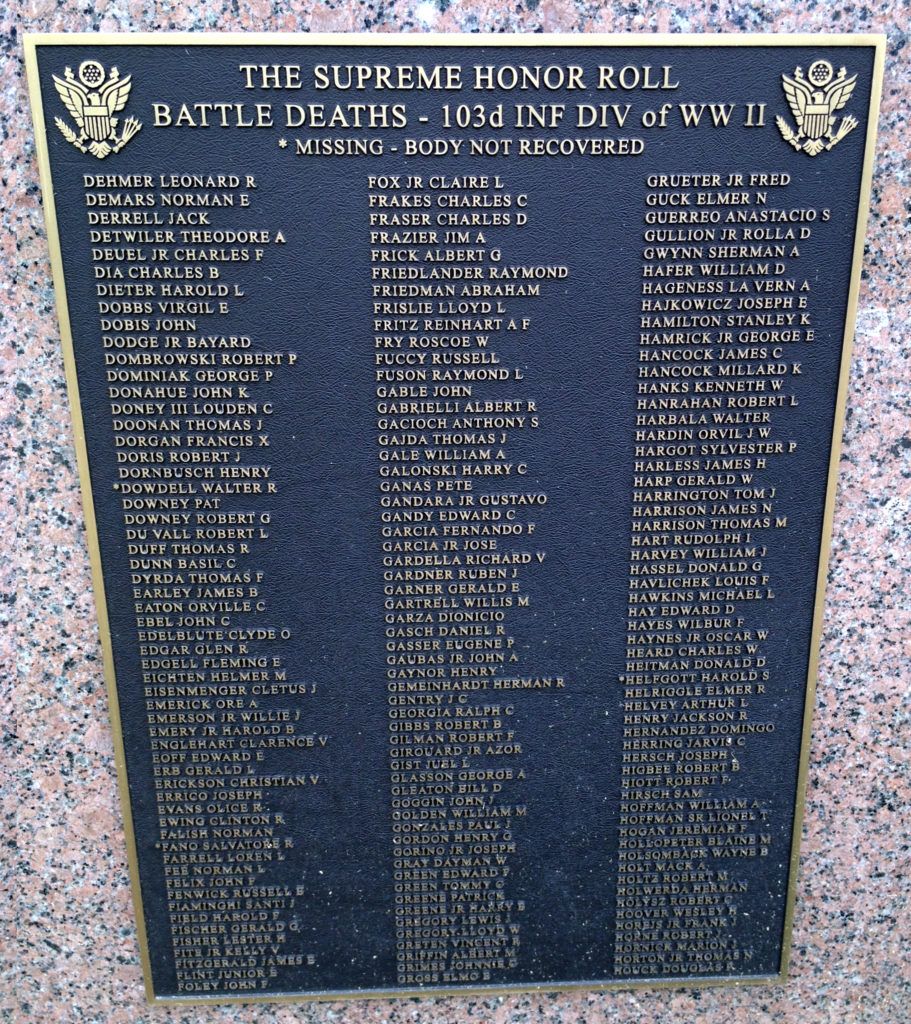
Activated on 15 November 1942, the 103Rd Cactus Division was assigned to Camp Claiborne, Louisiana to build up and train the entire division. The culmination of “Basic Training” was Divisional Maneuvers (a large three-phase field maneuver conducted near Slagle, Louisiana that lasted nearly two months).
After completing Basic Training, the men of the Cactus Division “moved” to Camp Howze, Texas, located just outside of Gainesville. Training continued until September 1944, when the men, after packing their overnight bags and preparing their equipment, left for Camp Shanks, New York. Uncertainty hung in the air – their destination was still unknown.
Only after the ship left New York Harbor were orders lifted and an announcement made: the men of the Cactus Division were headed for Marseille, France, to be deployed to the European theater of operations…
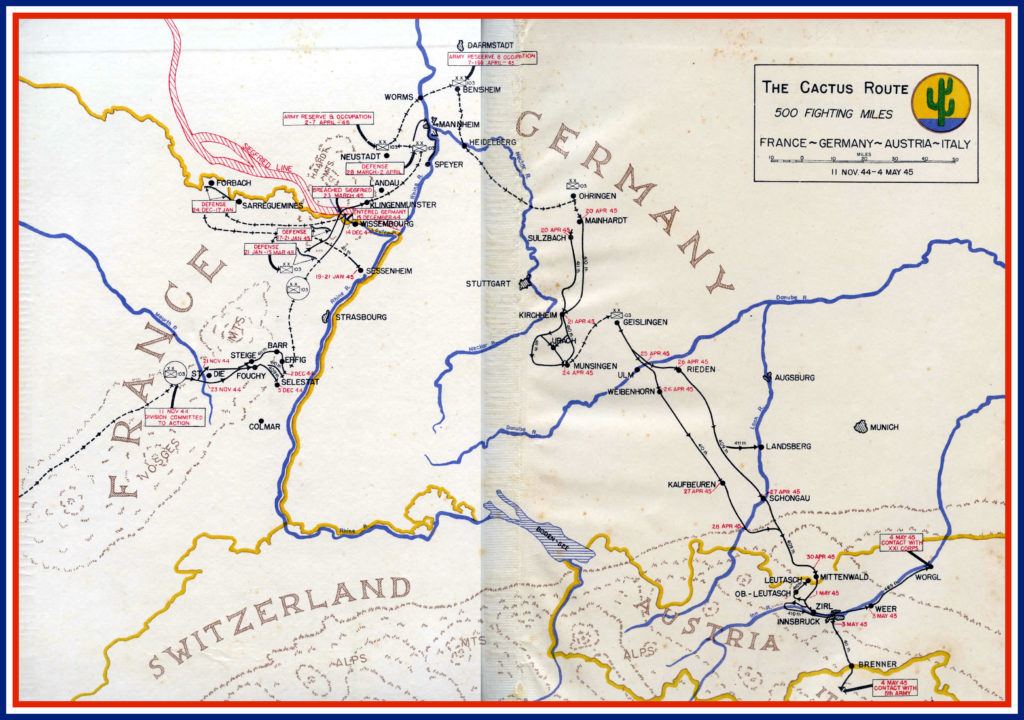
We warmly thank Alexandre for his research which allowed us to put a name on the soldier who wore this helmet and who was killed in Barr on November 29, 1944 (helmet found in this sector).
source : internet – us Nara – The Cactus Road 1944 – 1945.
Marin la MESLEE 1912 – 1945
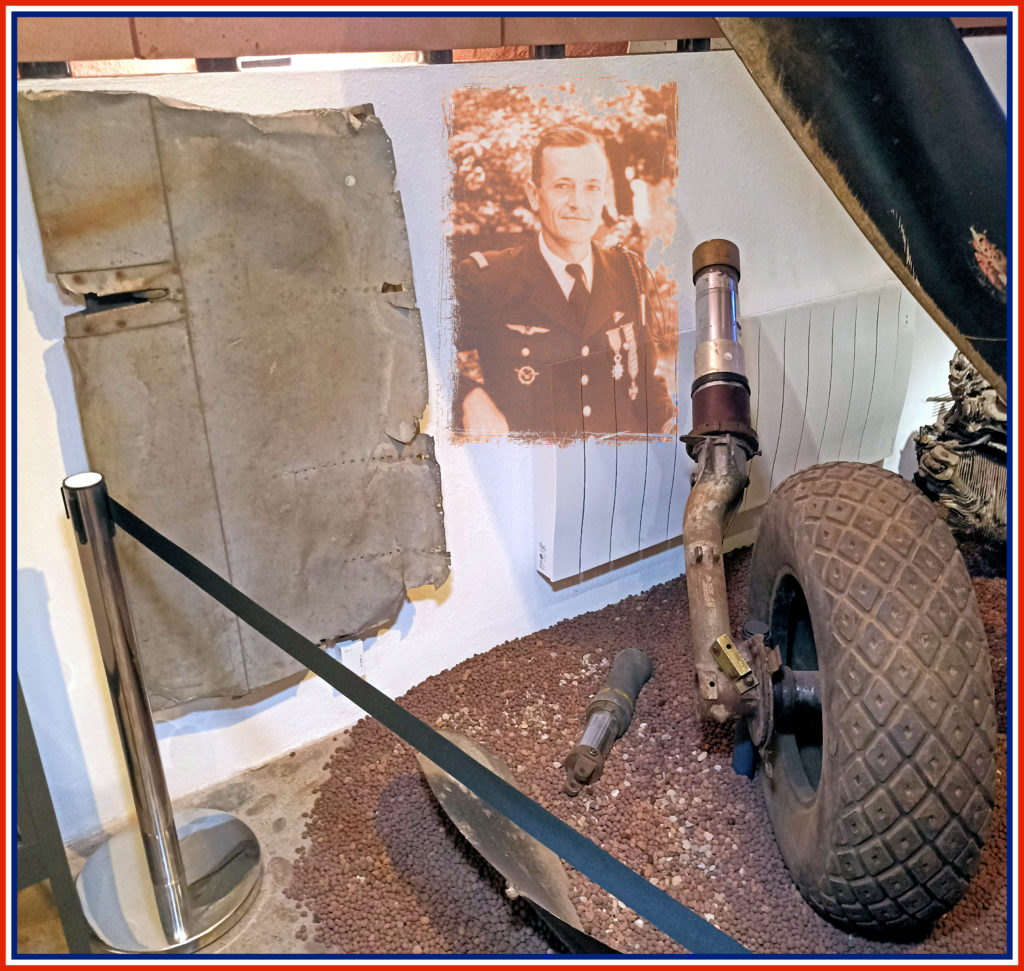
I was born on February 5, 1912 in Valenciennes (59), fifth child of a family of 10. I obtained my baccalaureate in 1929 and continued my studies at the Faculty of Law to please my parents, but my real passion was flying (I was licensed on August 1, 1931 at Villacoublay). I was called up early for my military service and was drafted at the end of November 1931.
After my apprenticeship (school of Istres and Avord where I graduated first in my class) I was appointed second lieutenant of the reserve on September 20, 1932 and joined the 2nd fighter regiment of Strasbourg.
I got married in 1935, joined the Air Force Academy in Versailles in 1936 and was assigned to the SPA 67 of the I/5 fighter group in Reims. The I/5 fighter group was equipped with Curtiss H-75 Hawks a few months earlier and was put on a war footing on August 23, 1939.
On January 11, 1940, I shot down my first German aircraft, a Dornier Do 17, and then I accumulated victories. On June 2, 1940 I took over the command of the squadron. At the end of the French campaign, I scored 16 sure-fire victories in the course of a hundred or so missions, which made me the ace of the French air fighters on the day of the armistice. In the summer of 1940 I was sent to Morocco by default to the Vichy air force.
In November 1942, after the landing of the American troops, we joined the Allies and I took up the fight against the Germans. In June 1944 I was promoted to the rank of commander. On September 30, I landed my plane, a P-39 Bell at Salon-de-Provence. At the beginning of November the fighter group was re-equipped with P-47 Thunderbolt fighter-bombers, mainly to support French and Allied troops on the ground (bombing and strafing missions). From 29/12/1944, the GC I/5 took off from Dole-Tavaux to carry out its missions in the Alsace plain.
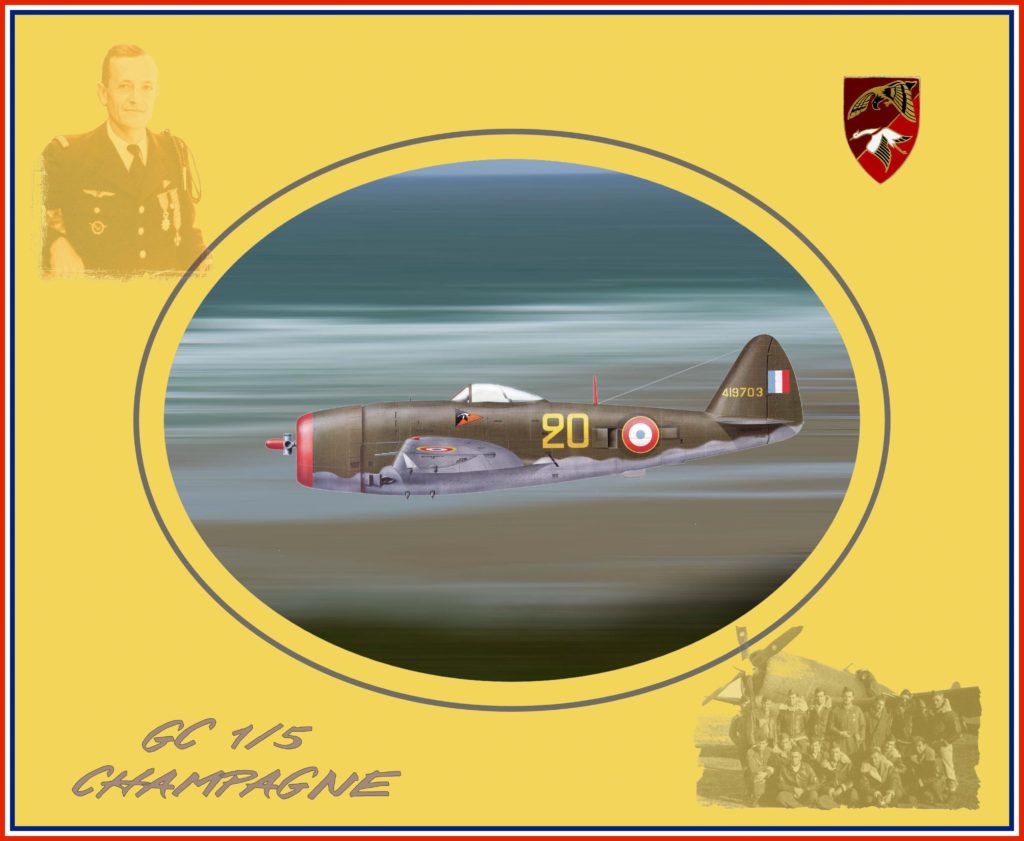
February 4, 1945 my last mission…
The day before my 33rd birthday I took off for my 132nd mission (AO-82) of war at the head of a formation of 11 P-47 fighter-bombers with for each of them 1 bomb of 254 kgs under each wing. At the beginning, we were supposed to attack a village on the German side, but our “Remedy” air force headquarters directed us to a secondary objective which was a boat bridge on the Rhine near Neuf-Brisach, which we destroyed successfully and without any loss. As soon as the objective was dealt with, we were asked to strafe the roads between Neuf-Brisach and Ensisheim. I spotted an enemy column moving between Balgau and Dessenheim. During our first pass my faithful wingman Sergeant Uhry is immediately hit by German flak and crashes on a farm. The smoke from the burning column prevented me from seeing if we had destroyed all the vehicles: I decided to make a second pass to be sure.
Unfortunately, the German flak was waiting for me : a shell pierced my plane and a piece of shrapnel was lodged at the back of my head… my P-47 n°44-20384 crashed in a field between Rustenhart and Dessenheim. German soldiers retrieved my body and one of their platoon gave me military honors before handing over my body to the priest of the nearest village where I was temporarily buried.
During a ceremony in my honor on February 26, 1945, General Bouscat, Inspector General of the French Air Force and commander of the air forces involved, said of me: “Marin la Meslée, I do not see you as dead. Nothing can die from what remains of you among us. French aviation is forever marked by Guynemer; the inter-war period saw Mermoz grow up and die. This war will remain forever illuminated by your luminous figure, Marin la Meslée, a pure and great soldier of the Air “.

NB: near the crash site, the French Army erected a Memorial which was inaugurated on June 29, 1946 and the body of Major Marin la Meslée was transferred there on June 13, 1950. It is a white five-pointed star with a diameter of 30 m. The stele covering his grave bears the words of his last citation: “A fighter of unequalled prestige, gifted with the finest leadership qualities of which he was the epitome, he was able to inspire enthusiasm and ardor around him by his example alone, while at the same time forcing the admiration of all. Impatient to add to the dazzling record of his twenty victories, he was leading his group to the liberation of Alsace when, on February 4, 1945, he found a glorious death in the face of the enemy, at the head of the formation he commanded. As the pure face of fighter aviation of which he was the incarnation, he will remain, by his virtues and his glory, one of the most brilliant figures of the Air Force and one of the noblest heroes of the nation”.
Merril Charles GREY 1918 – 1944
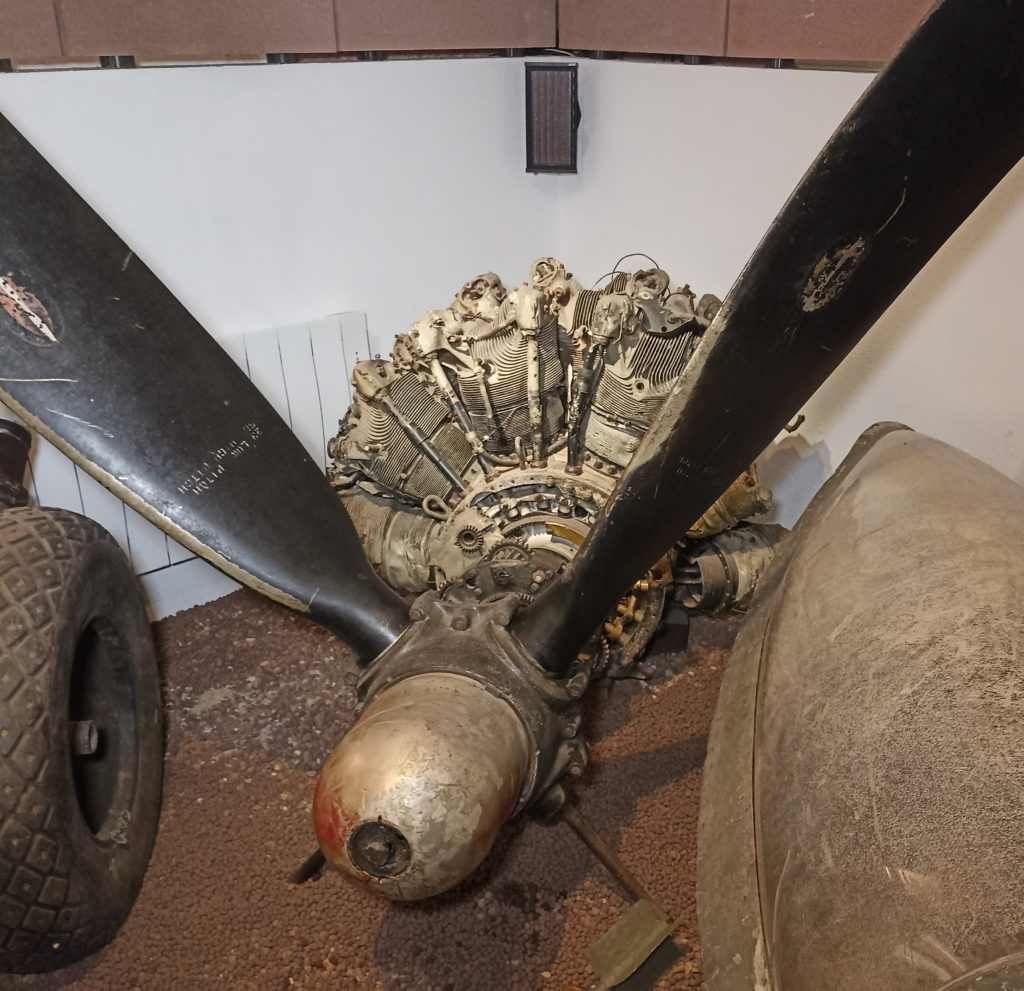
Pratt & Witney R-2800 engine (1073 Kgs) air cooled, 18 cylinders double star (46 liters displacement), 2300 hp and its propeller blades manufactured by the famous Frigidaire firm of the P-47 Thunderbolt type D-25-RE serial number 42-26539 of 2nd Lieutenant Merril Charles Grey.
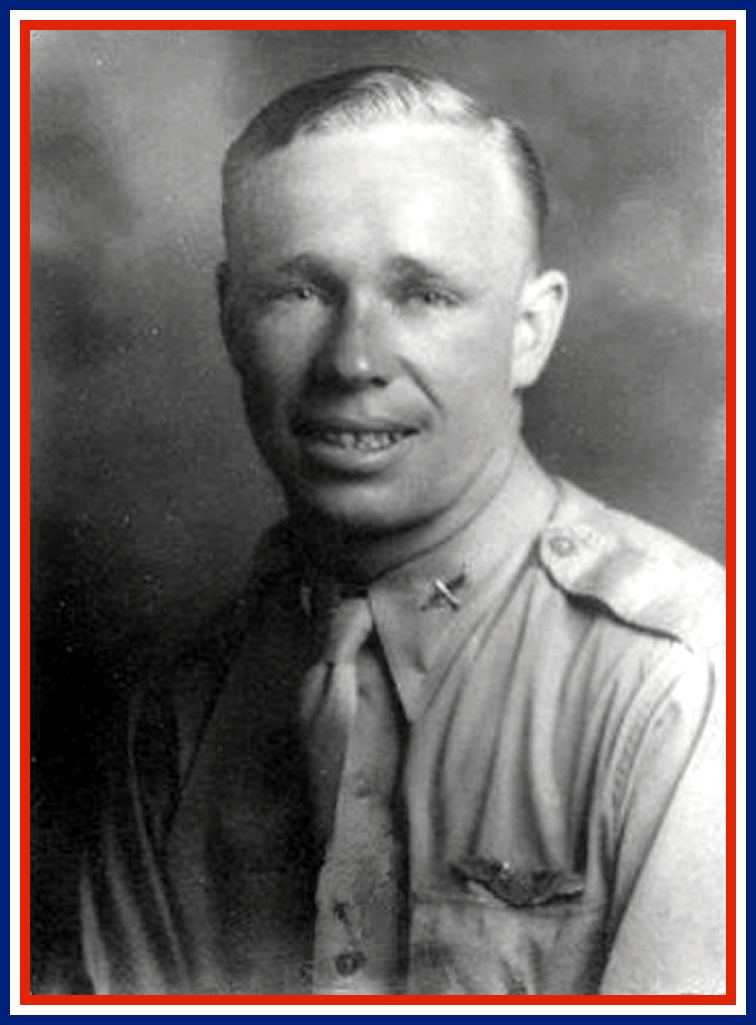
In memory of 2nd Lieutenant Merril Charles Grey, killed in action (KIA) on September 9, 1944 near Dannemarie in the Haut-Rhin (68).
Merril C. GREY was born on April 30, 1918 in Sunrise – Chicago in the state of Minnesota. Before the war he studied at the North Western Bible School.
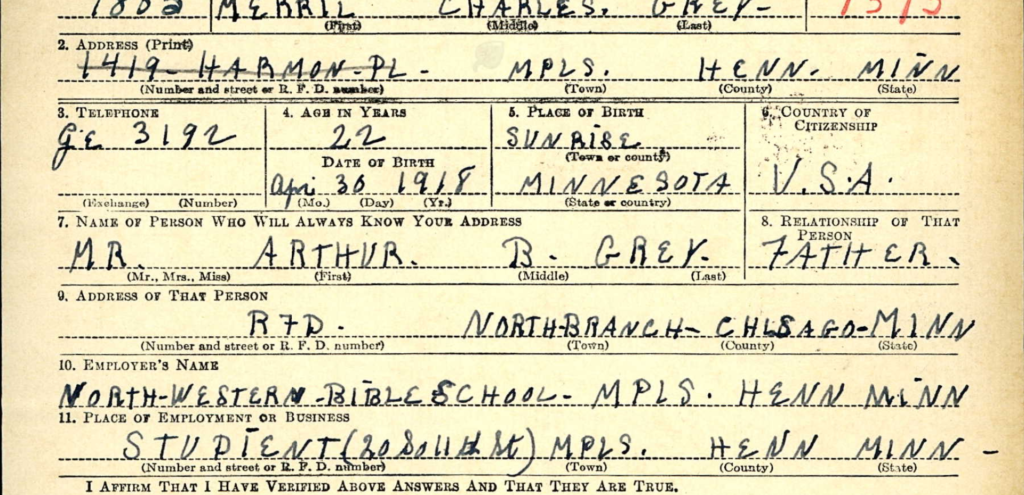
He enlisted in the U.S. Army on December 5, 1941 at Fort Snelling (Minnesota) with the Army serial number 17035909.
On 9-9-1944, 2nd Lt. Merril C. Grey, serial number O-711995, P-47 Thunderbolt pilot of the 324th Fighter Group, 316th Fighter Squadron “Hell’s Belle”, 12th Air Force, took off from Ambérieu airfield with 3 other aircraft for an armed reconnaissance and ground attack mission along the German border in southern Alsace.
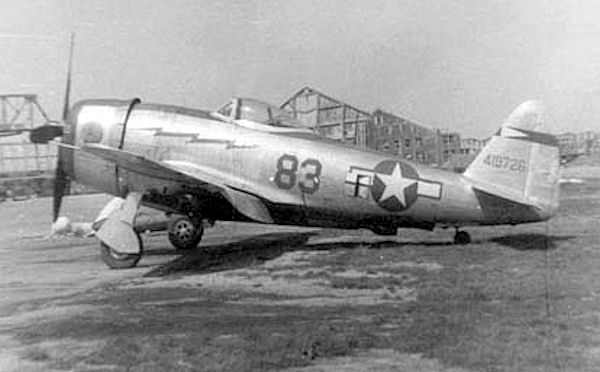
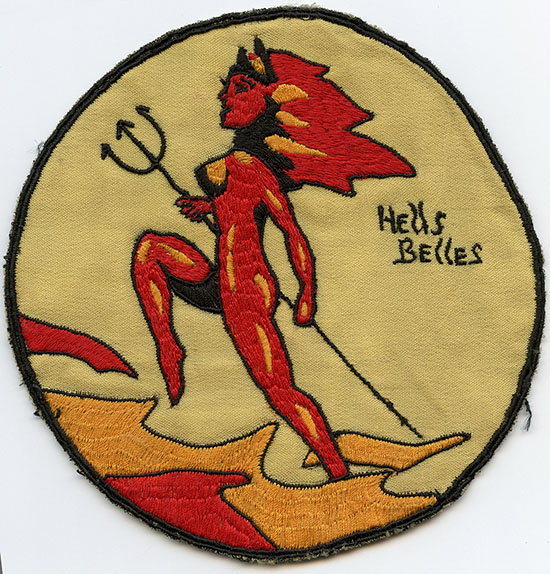
The formation spotted the Dannemarie Viaduct and went on the attack at an altitude of 400 to 500 meters.
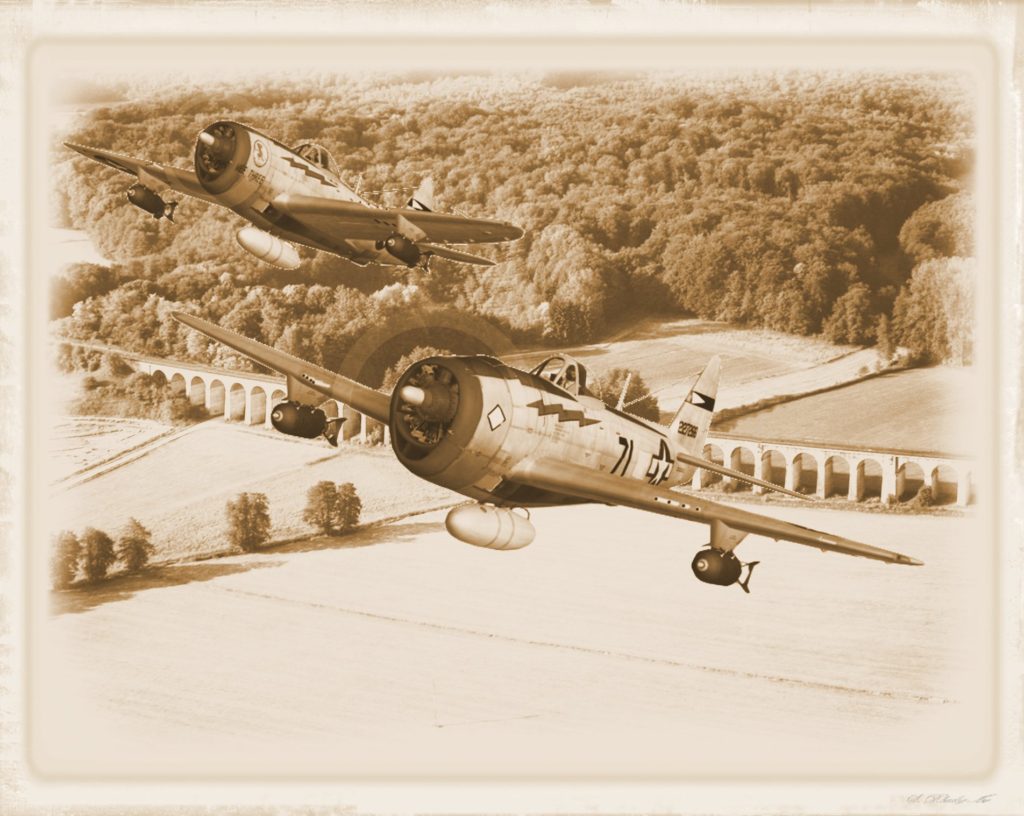

Around 17h28 the German anti-aircraft battery of the Flakuntergruppe “Belfort”, II.Zug der 6./157 b-mot. which protects the structure opens fire (cf drawing).
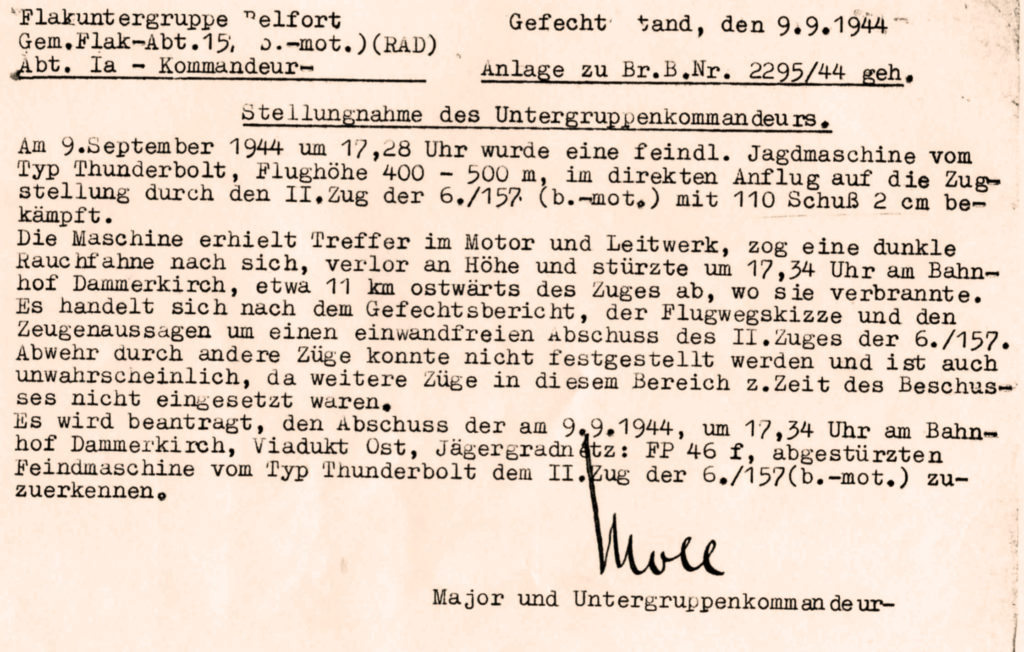
At 17h29, after the firing of 110 2 cm shells (see below diagram and report of the Flak battery), the German soldiers noticed that the P-47 of the 2nd Lt. Merril C. Grey was hit at the engine and fuselage level with a strong release of smoke. The aircraft crashed at about 17:34, near the Dannemarie train station, east of the viaduct.
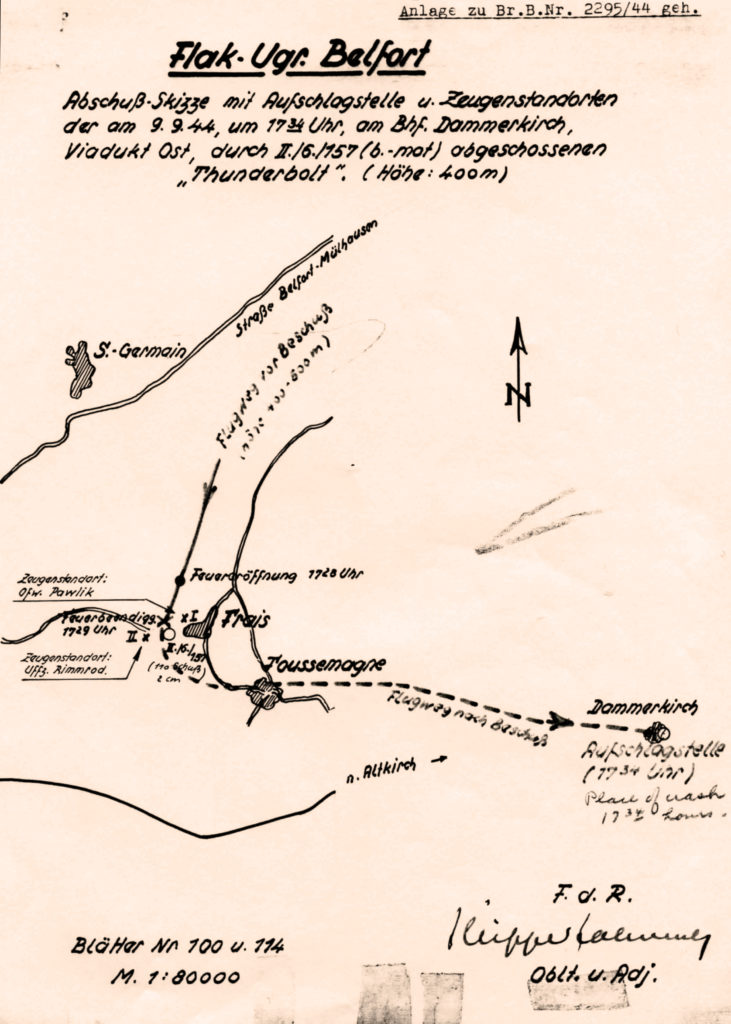
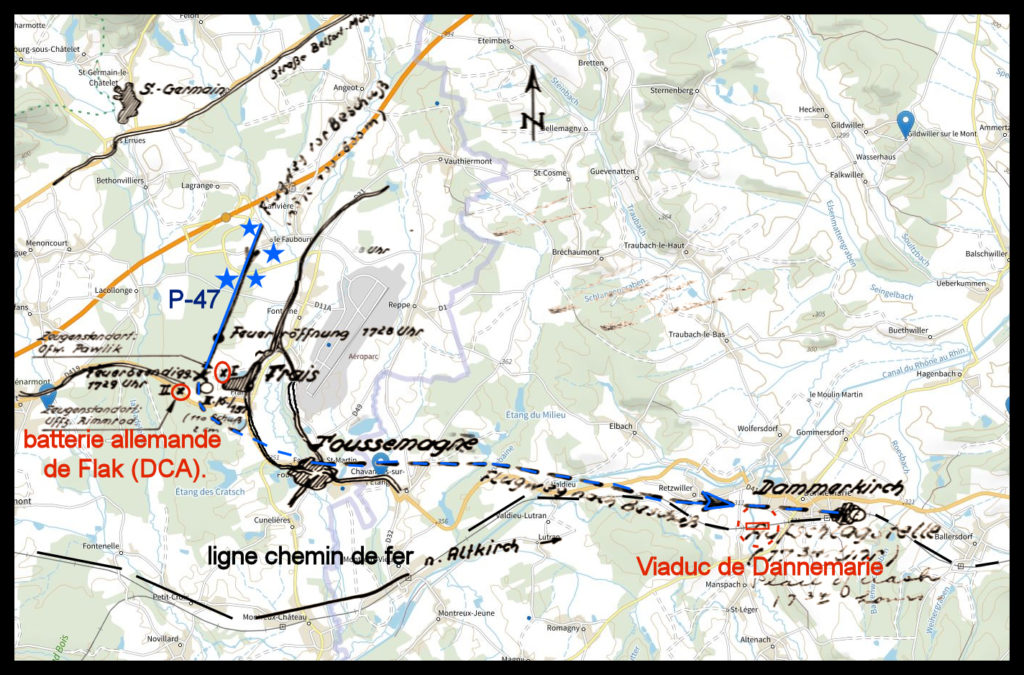
2nd Lt. Merril C. Grey managed to eject from the cokpit of his aircraft, but the plane was at a very low altitude and his parachute did not have time to open… he crashed to the ground.
His body was recovered by the people of Dannemarie and he was buried the next morning in the local cemetery.
2nd Lt. Merril C. Grey was a 26 year old Minnesota native who, like many other young men from the United States, sacrificed his life to liberate our country and fight Nazism. He rests in peace in the Saint d’Avold American Military Cemetery (Plot C row 9 grave 66) since March 28, 1946.

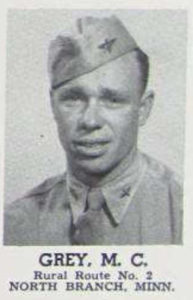
RIP…we will never forget him!
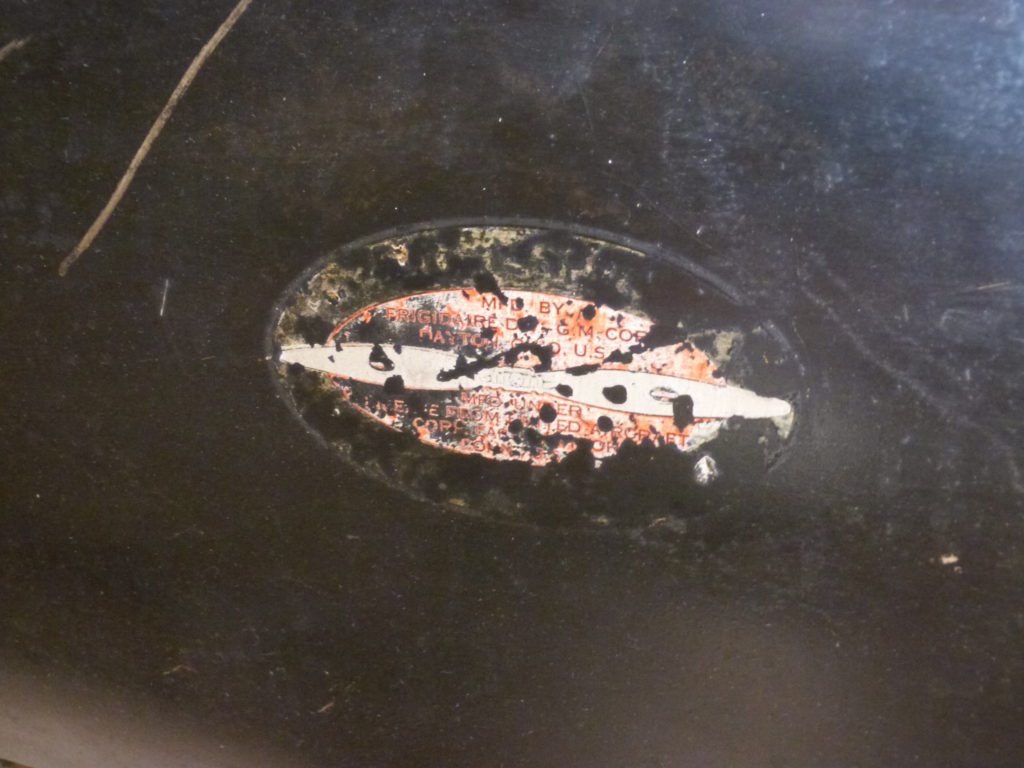
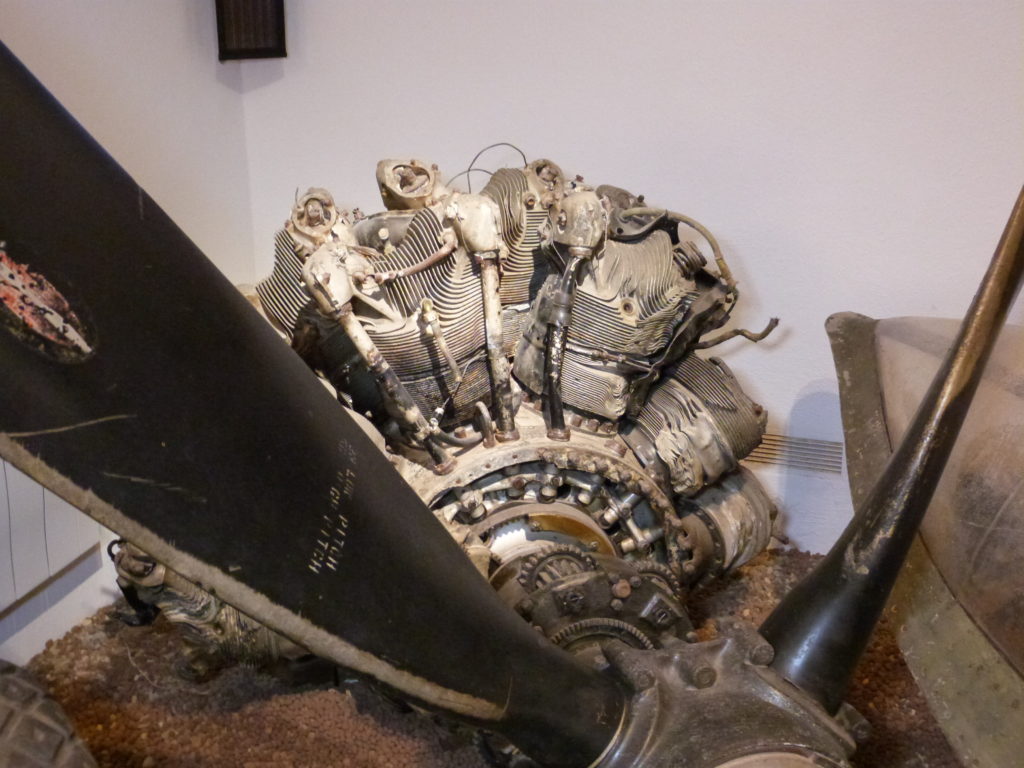
Thanks to all the people who helped us to gather all the documents and to reconstitute his last mission.
Sources of photos and documents : American and German archives – Volunteers of the Mmcpc – the book of G.Bazin “From Africa to Lorraine”, internet.
Mountain troops (Gebirgsjäger) from the Gebirgsjäger-Regiment 136 of the 2.
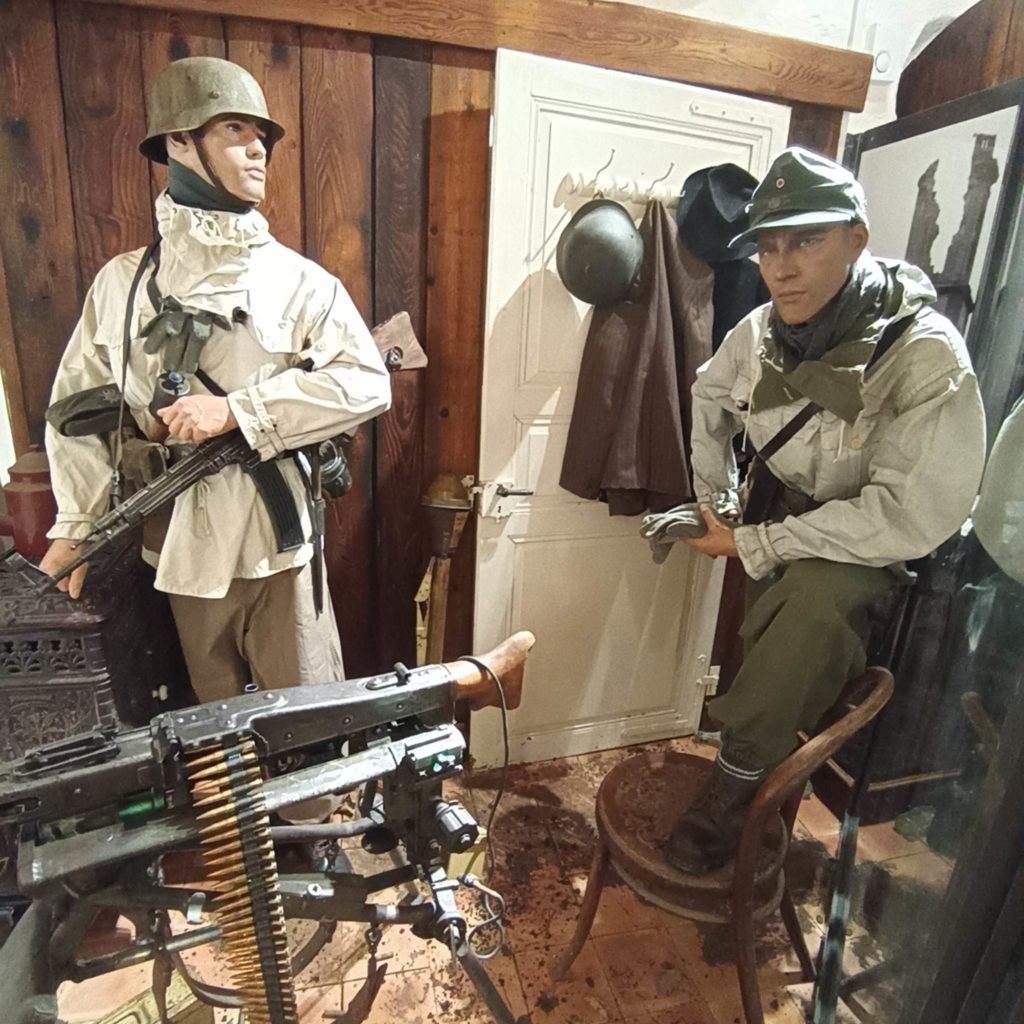
Gebirgsjäger (literally “mountain hunters”) of the Gebirgs-Jäger-Regiment 136 of the 2nd Mountain Division.
Combat squad equipped with a heavy machine gun (s.MG) with a MG42 mounted on a “Lafette 42” tripod.
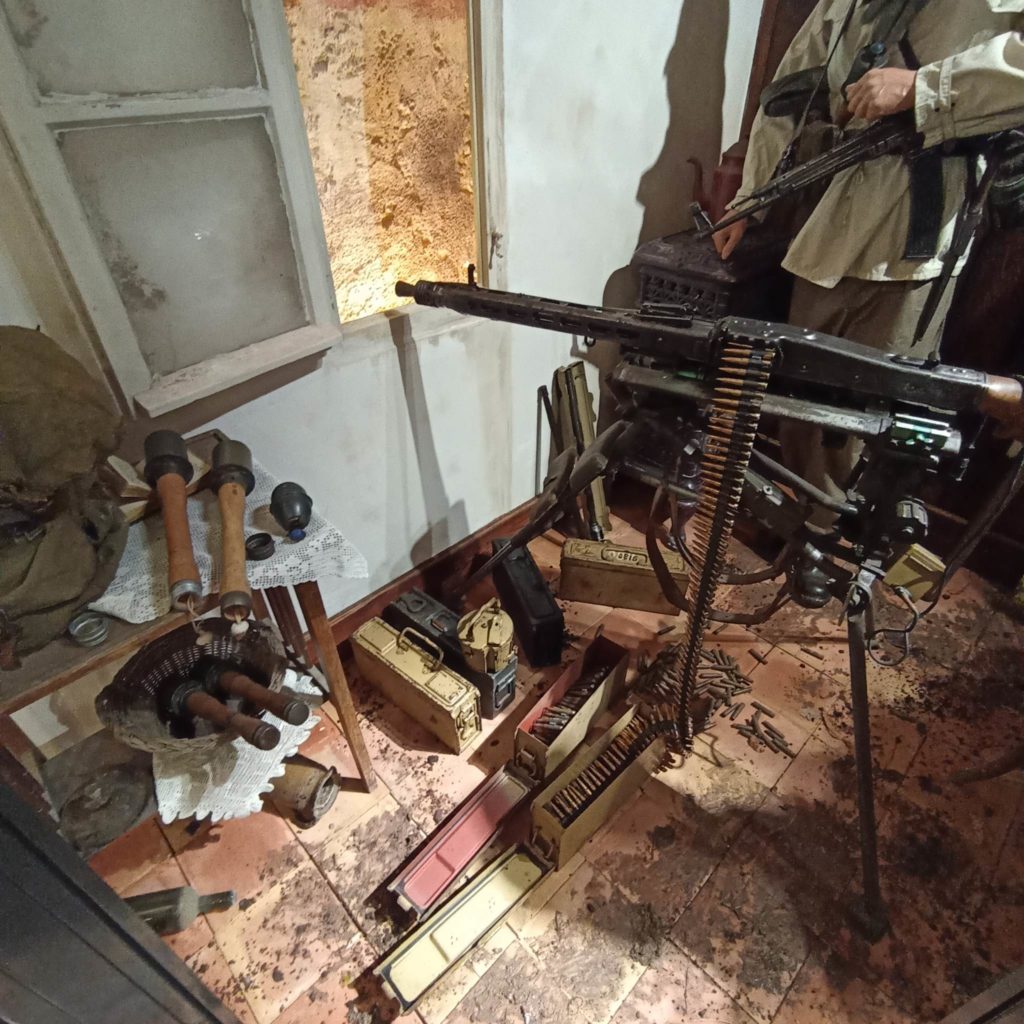
Engaged in the sector of Jebsheim (68) starting on January 25, 1945, this elite regiment was almost annihilated during the liberation of the village by Franco-American troops after three days and three nights of fierce combat, fighting house by house, in hand-to-hand combat, under a barrage of artillery.
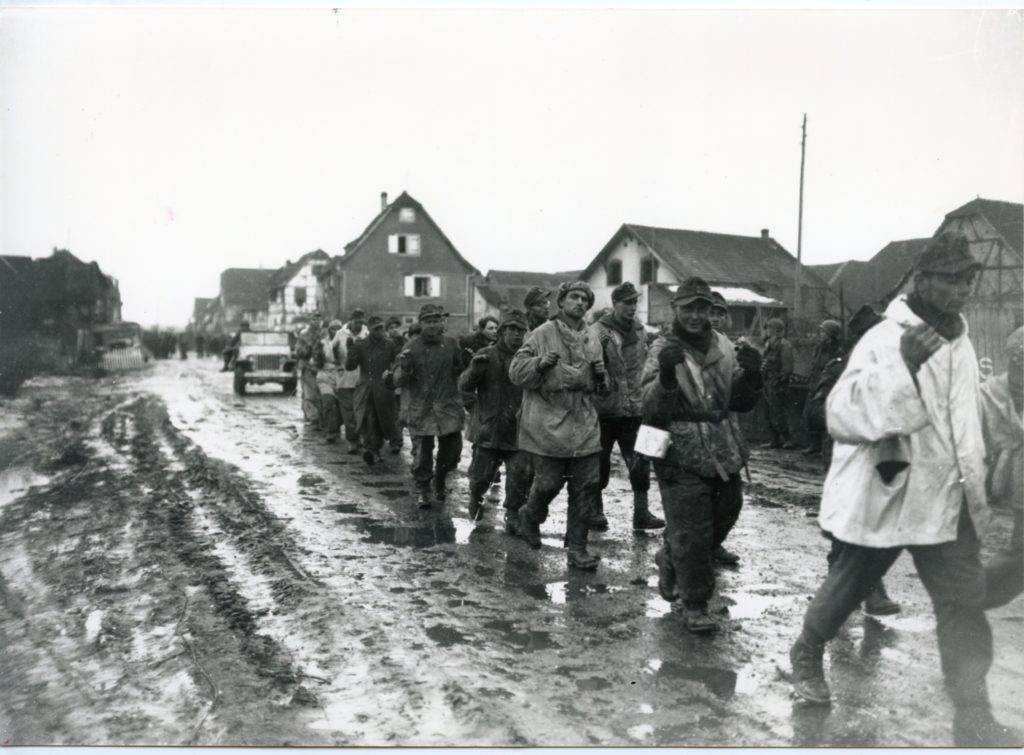
The survivors of this unit continued to fight in the area, at Grussenheim(68) and Durrenentzen(68), during the gradual retreat to the south of Alsace.
The Regiment 136 definitively leaves the Colmar Pocket on February 7, 1945, crossing the Chalampé bridge, over the Rhine.
NB: Later on, the regiment 136 was briefly engaged in the Bitche (Moselle) sector and in Rhineland-Palatinate (Germany).
The 2nd Gebirgs-Division participated in the campaigns in Poland and Norway in 1940. From 1941, it was deployed near the Arctic Circle (Finnish-Soviet border) where it chose as its divisional emblem: the reindeer head.
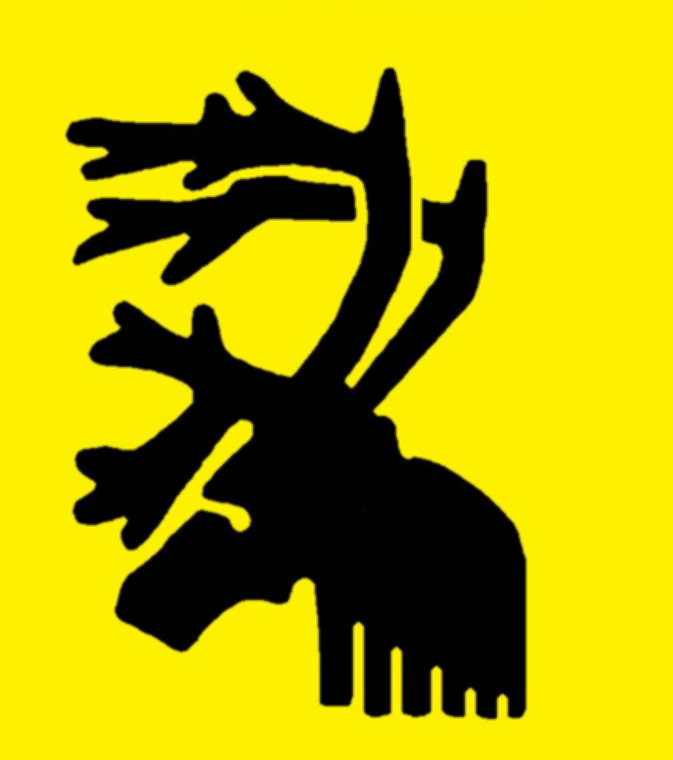
The Memorial Museum of the Battles of the Colmar Pocket and the Alsace Militaria association have chosen to collaborate in a cultural and historical partnership.
This initiative aims to share our historical knowledge, to benefit from common logistical support, and to jointly participate in the restoration of artifacts and equipment exhibited in the museum.
The objective is to develop common approaches in the creation of thematic displays or the organization of historical events.
Alsacemilitaria
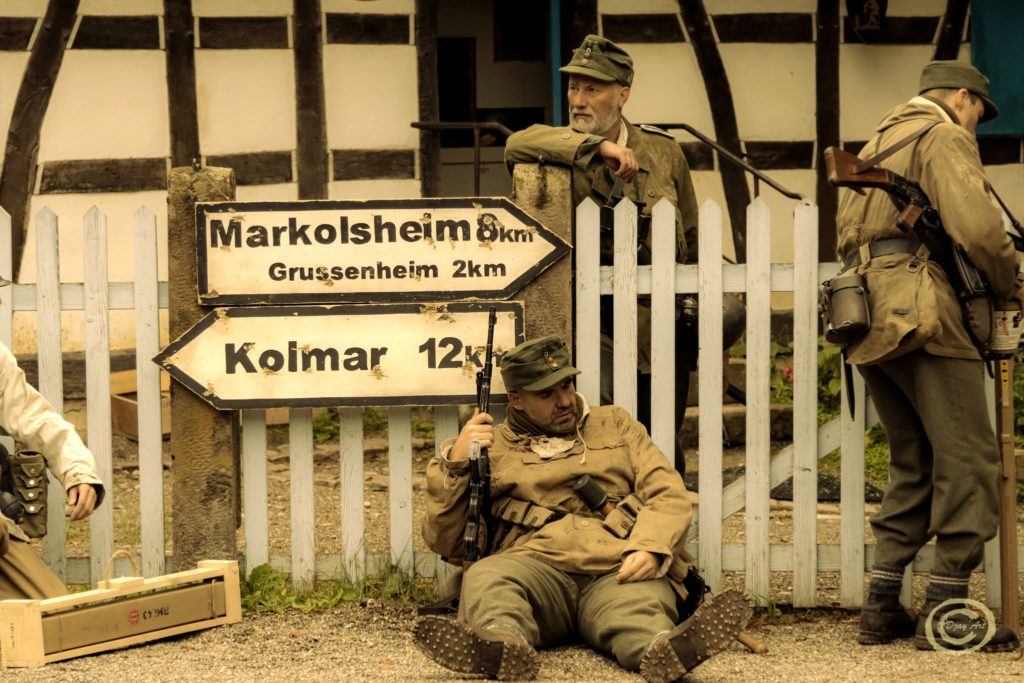
We are a research and historical experimentation association created in 2008 by several history enthusiasts in order to confront theory with practice.
Our project aims to share with as many people as possible, in an interactive and creative way, the daily life of a German mountain soldier (Gebirgsjäger) during the Second World War, with a focus on the forced incorporation of Alsace and Moselle residents into the Gebirgsjäger-Regiment 136 (from 1942 to 1945, 2nd Gebirgs-Division) where they were numerous.
Wearing the German uniform is only one of the vectors (without wanting to promote Nazism) that allows us to evoke the tragedy of the forced incorporation of our ancestors.
One of the association’s objectives is to raise public awareness about the tragedy of the “Malgré-nous” forced incorporation during cultural events.

Discover our activities and research:
The 1st Parachute Infantry Regiment (1er RCP).
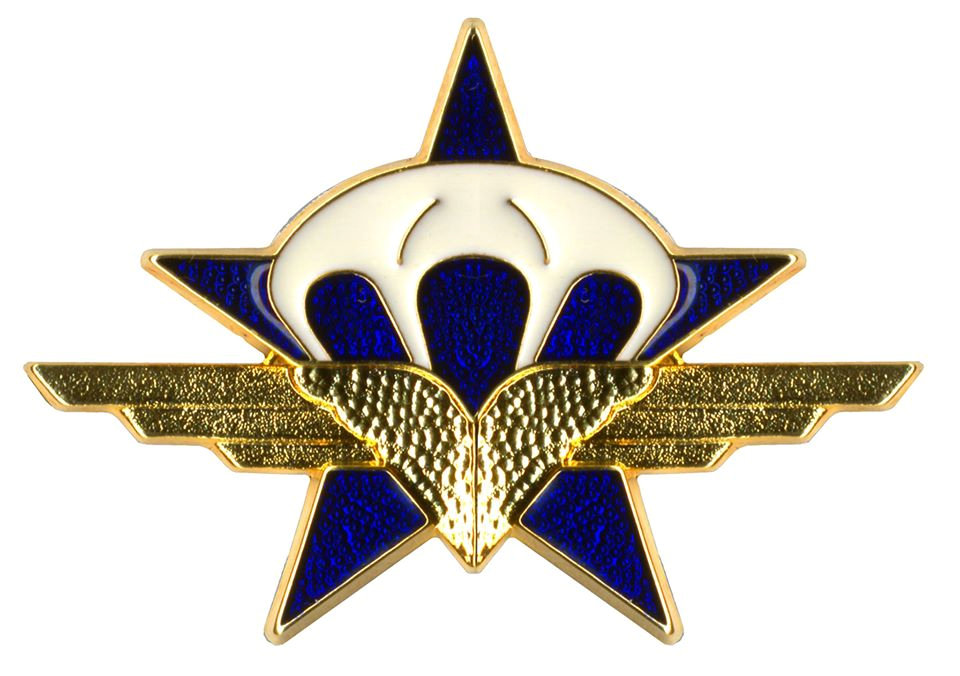
The regiment’s motto is “Victory or Death”
In January 1943, Company of the Air No. 1 was established in Fez, Morocco by Captain Sauvagnac with veterans from the 601st and 602nd Groups of the Air Infantry (601 & 602ème GIA), which had been created in July 1941.
On February 1, 1943, Company of the Air No. 1 became the 1st Parachute Infantry Battalion (1er BCP). Many young volunteers joined the unit, having traveled through occupied France and been imprisoned in Spain before arriving in North Africa.
With 700 qualified paratroopers as of May 1, 1943, the manpower allowed for the creation of a second battalion, which would give birth to the 1st Parachute Infantry Regiment (1 RCP) after the dissolution of the 1st BCP on May 3, 1943.
The 1st Parachute Infantry Regiment was officially created on June 1, 1943. colonel Geille, the “creator” of French paratroopers, took command of the regiment with major Faure as his second-in-command.
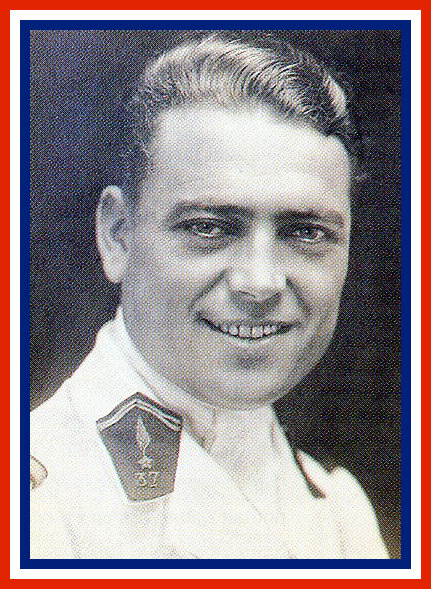
The 1st Paratrooper Regiment was an elite unit and new recruits had to undergo very demanding parachute and military training.
In October 1943, the 1st RCP left Fez and moved to Oudja to follow a training course in american airborne techniques at the Airborne Training Center (ATC) of the famous 82nd US Airborne Division.
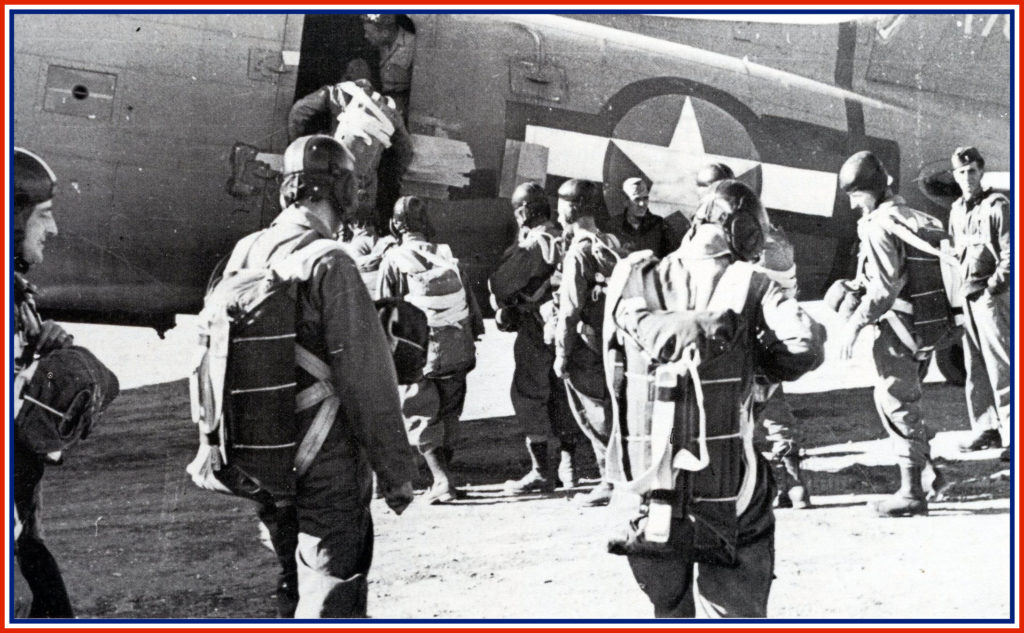
To earn the parachutist badge, one must complete 6 jumps.
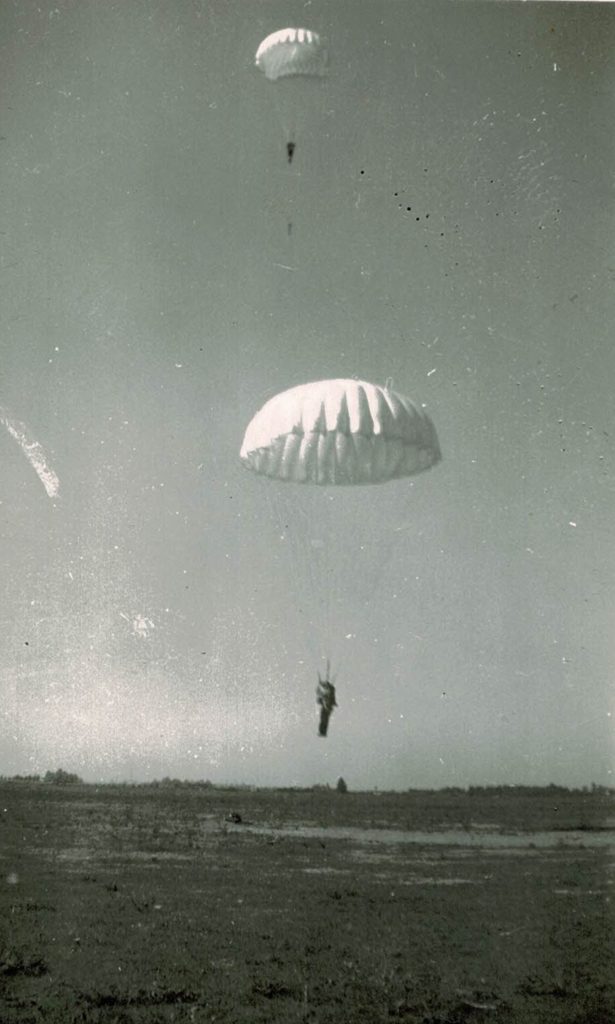
In December 1943, the 1st RCP joined Algiers after intensive training that made it one of the finest French regiments of that time, if not the best, thanks to the modern equipment provided by the US government.
From March 31 to April 7, 1944, the regiment arrived near Trapani in Sicily. For the capture of the island of Elba in June 1944, it was planned to drop the 1st RCP to prepare for the landing of 12,000 French soldiers. However, due to the reluctance of American aviators, who were concerned about the strong German anti-aircraft defenses, the airborne mission was canceled.
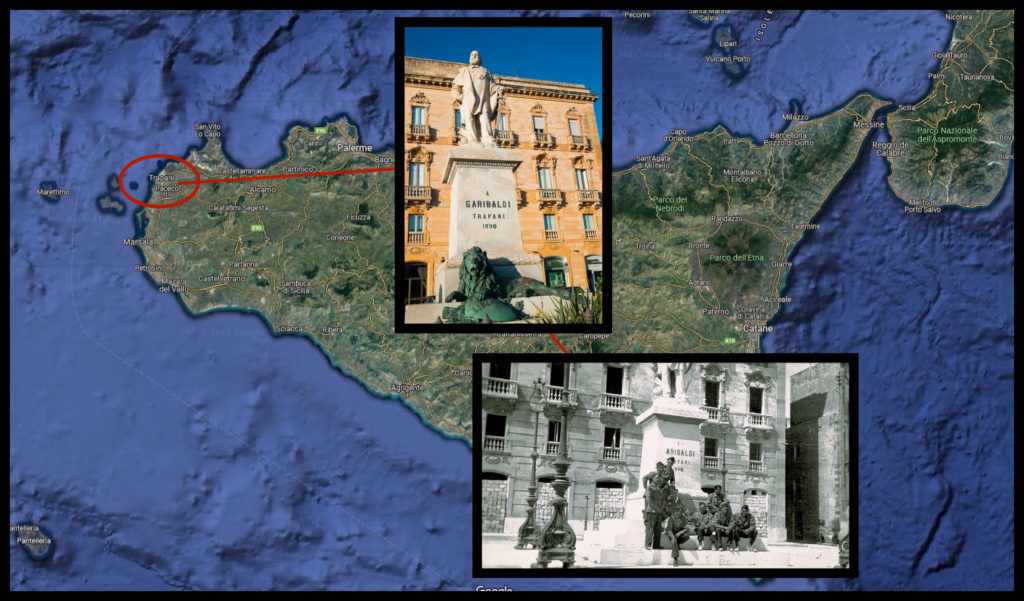
In early July 1944, the regiment joined Rome, where it was received (in its entirety) by Pope Pius XII at the Vatican during a private audience.
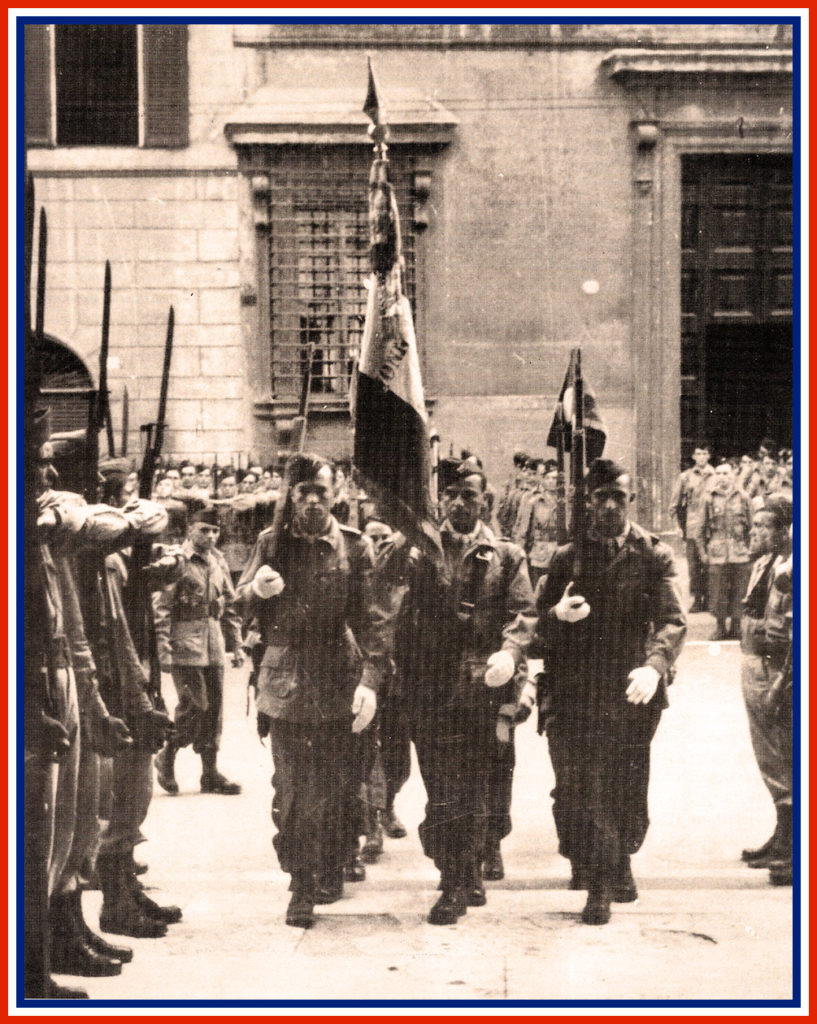
On August 15, 1944, before daybreak, about 7,000 American, British and some French paratroopers (including men from the 1st RCP) took off from Italy and participated in the Rugby Force dropped over Provence during Operation Dragoon (Provence landing).
On September 4, 1944, the 1st RCP left Rome by air to land in Valence in the Drôme region…the French paratroopers set foot on metropolitan territory again after several years of absence for many of them.
On September 15, 1944, it was regrouped facing the Belfort gap in order to be dropped on the Thann-Cernay sector (68) to facilitate a breakthrough of the 2nd Corps of the 1st French Army to liberate Alsace.
As the progress was slower than expected due to German resistance, this airborne mission was also cancelled. Impatient to participate in the liberation of the national territory, Colonel Geille asked the military authorities to fight as soon as possible…the 1st RCP was then detached to the 2nd Corps of the 1st Armored Division…the Vosges campaign has begun.
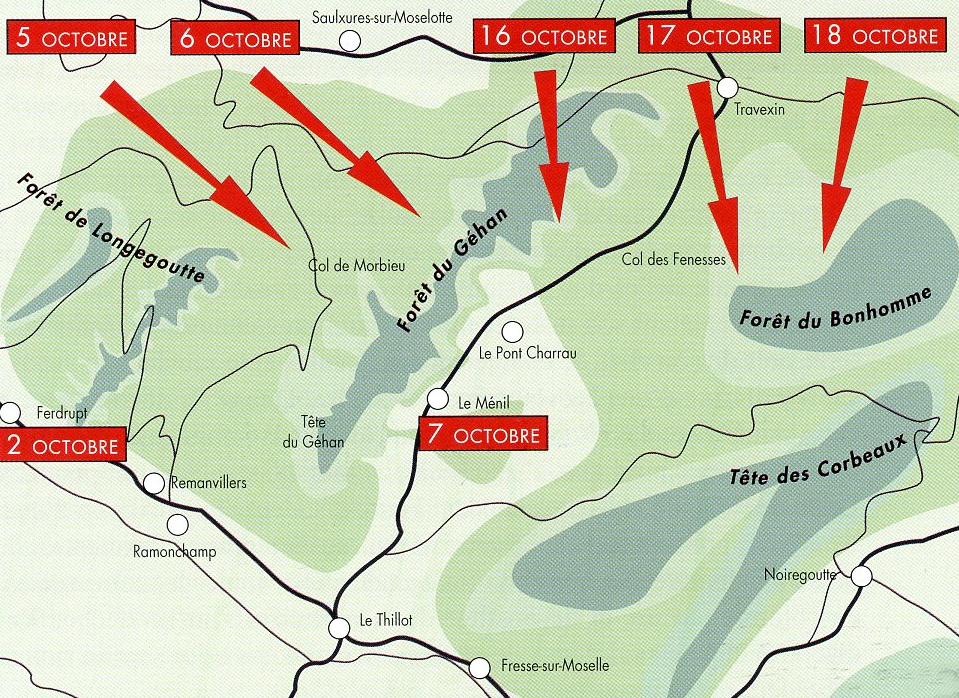
The breakthrough of the men of the 1st RCP through the German lines in the Vosges Mountains is marked by the names of the places (Ferdrupt – Col du Morbieu – Forêt du Gehan, Tête du Midi – Le Ménil – Côte 1008 – Col du Ménil – Côte 1111) where they will heroically fight under very difficult material and weather conditions, and against an enemy in superior numbers from October 2 to 22, 1944, at the cost of heavy losses: 129 killed and 339 wounded.
Faced with the losses suffered by the entire 1st Army in the Vosges, General de Lattre decides to abandon the offensive in this sector to intensify his efforts in the Belfort Gap, which will lead to the liberation of Mulhouse on November 21, 1944.
In his memoirs, General de Lattre writes in conclusion of the Battle of the Vosges: “…if the 2nd CA did not find in the Vosges the reward for its tenacity, and if it did not have the deserved joy of being the first to enter Alsace, it is nevertheless to him that Alsace owes part of its liberation. By annihilating an enemy division, by attracting to the mountains 6 battalions from the Belfort Gap, 4 taken from the front of the US 6th Corps, 7 brought from Germany and 1 repatriated from Norway, and by concentrating on him all the attention and the majority of the German means, he has durably taken over the preparation of Victory.”
On November 28, 1944, Colonel Geille left the 1st RCP to join the Air Staff, and his deputy, major Faure, took command of the Regiment.
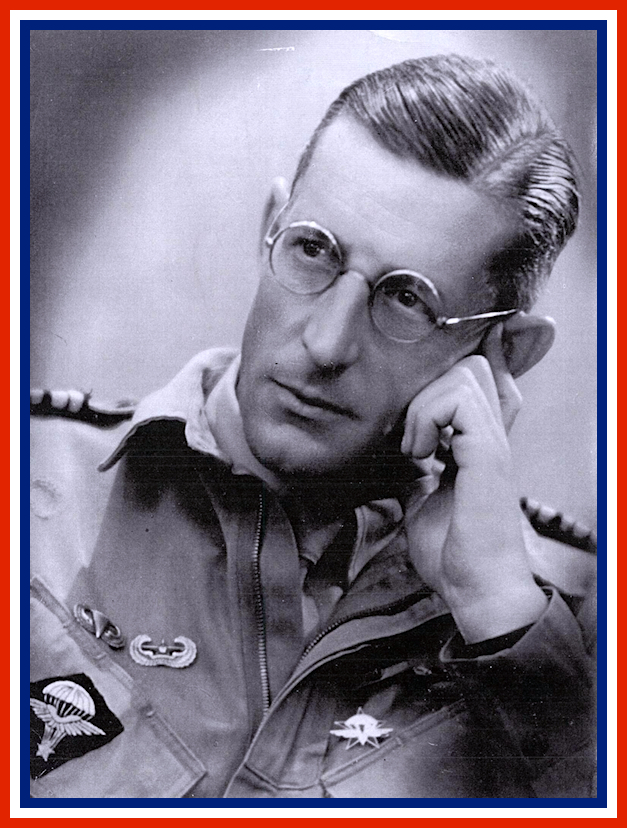
After a well-deserved rest in the region of Lons-le-Saunier and having been partially replenished by the Hémon Battalion composed with young volunteers from the Paris region (after the liberation of Paris), the regiment was sent to Alsace on December 7th, 1944.
The 1st RCP began the Alsace campaign attached to the 2nd Armored Division (2nd DB) of General Leclerc, which was to engage German troops along the Rhine by launching attacks from Gerstheim (25 km south of Strasbourg) towards Colmar to allow the 36th US Infantry Division (36th USID) to flank Colmar from the northeast.
From December 13th to 22nd, 1944, the 1st RCP fought in Witternheim (67), Neunkirch (67), Bindernheim (67), the Mayhols woods, and Friesenheim (67), under a deluge of fire and steel.
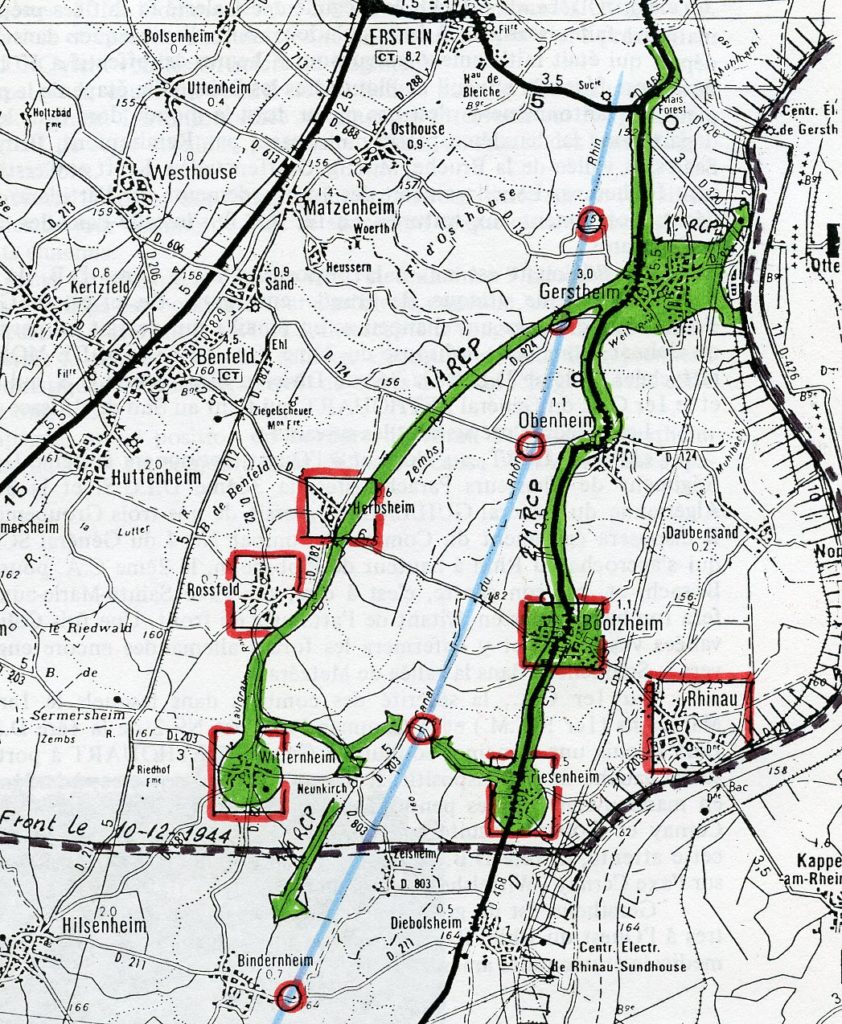
To give an idea of the intensity of the fighting, the 1st battalion of the 1st RCP lost over 200 men (killed or wounded) in just 3 days, including 10 officers and 43 non-commissioned officers.
On the evening of December 23, the 1st RCP was put to rest in Plombières for a short period, as the regiment was alerted again on December 28 and transported to Hachimette (northwest of Colmar) on December 30, crossing the Bonhomme pass with 50 cm of snow on the ground. The New Year was celebrated with cannon and machine gun fire. From January 1 to 8, 1945, the regiment was in the Orbey (68) sector, and for two weeks it occupied the Bonhomme and Schlucht passes, where ambushes and patrols were the daily routine for the paratroopers.
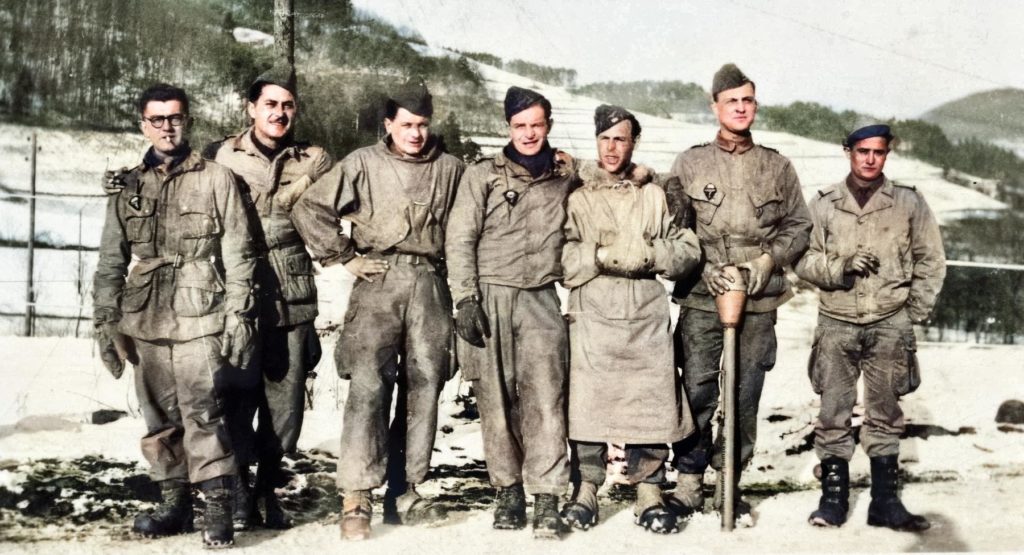
Note that some paratroopers wear the US M42 jump uniform… while others wear the mountain uniform with fur collar parka and ski pants, mountain boots and gaiters. This is the only unit to have received this mountain uniform which was highly appreciated during this period of extreme cold in the Colmar Pocket – photo 1 RCP.
Following the German counter-offensive on Strasbourg, the 2nd Battalion of the 1st RCP was dispatched urgently to Benfeld on January 9th, 1945 where it fought in Herbsheim(67) and Rossfeld(67).
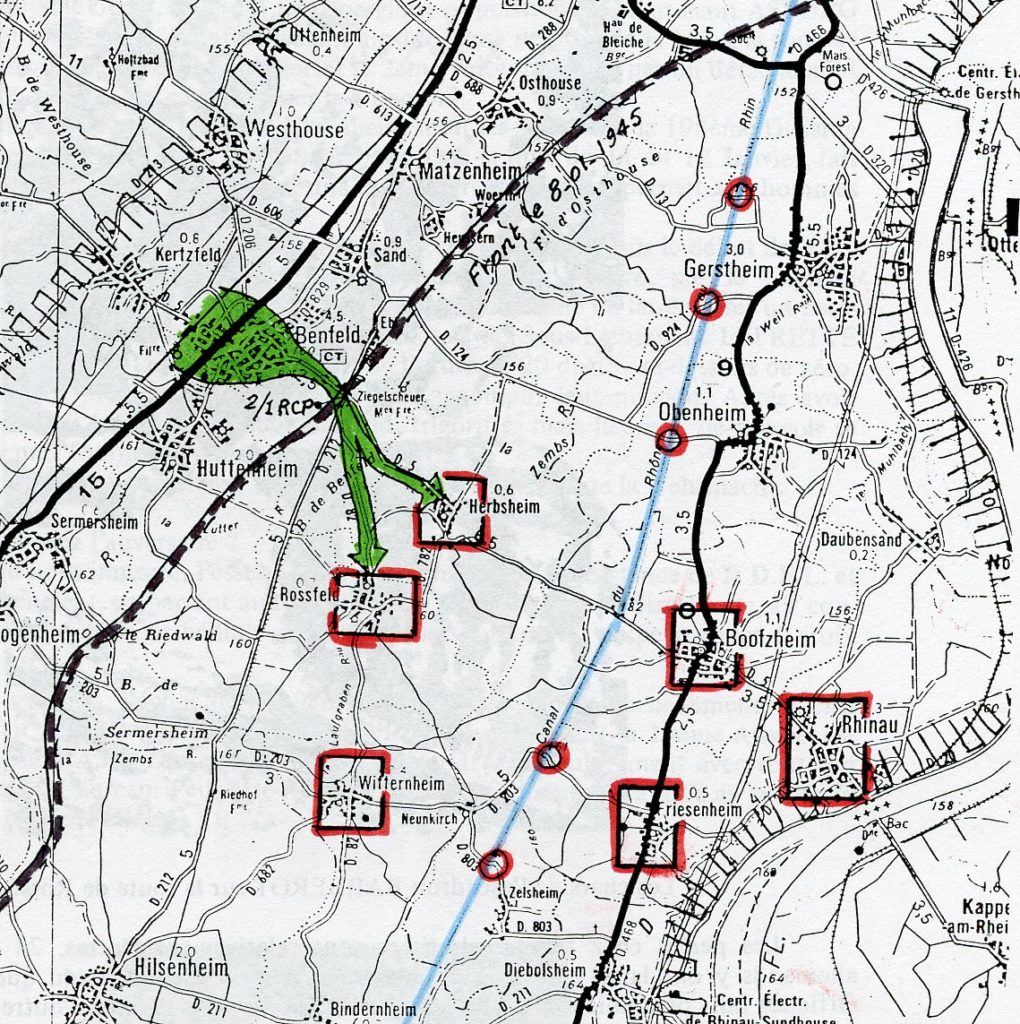
On January 15th, 1945, the 1st RCP was detached to the Combat Command 6 of the 5th Armored Division under General de Vernejoul, and would take part in the terrible battle of Jebsheim from January 25th to 30th (76 killed and 167 wounded), and of Widensolen from January 31st to February 1st, 1945 (15 killed and 45 wounded) in freezing temperatures of minus 20 degrees Celsius, facing the fearsome mountain troops of the Gebirgsjäger-Regiment 136 of the 2nd Mountain Division, an elite unit of the German army.
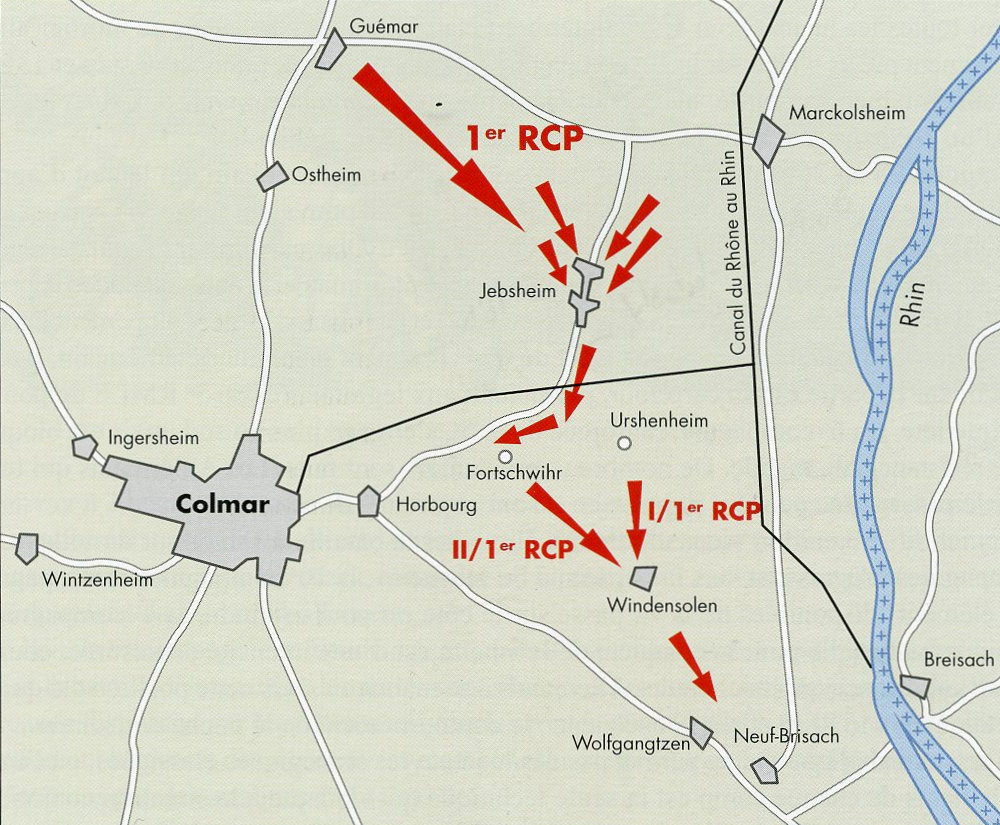
General de Lattre wrote about the battles of Jebsheim: “..nothing gives an idea of what this unfortunate village was like. 500 German corpses turned its streets into a real charnel house. We ourselves had 300 men out of action and the Americans at least as many. But we made 750 prisoners there and the 254th US Infantry Regiment more than 300. JEBSHEIM is indeed the symbol of Franco-American fraternity… it is also the symbol of the heroism spent to break through the German front line..”.
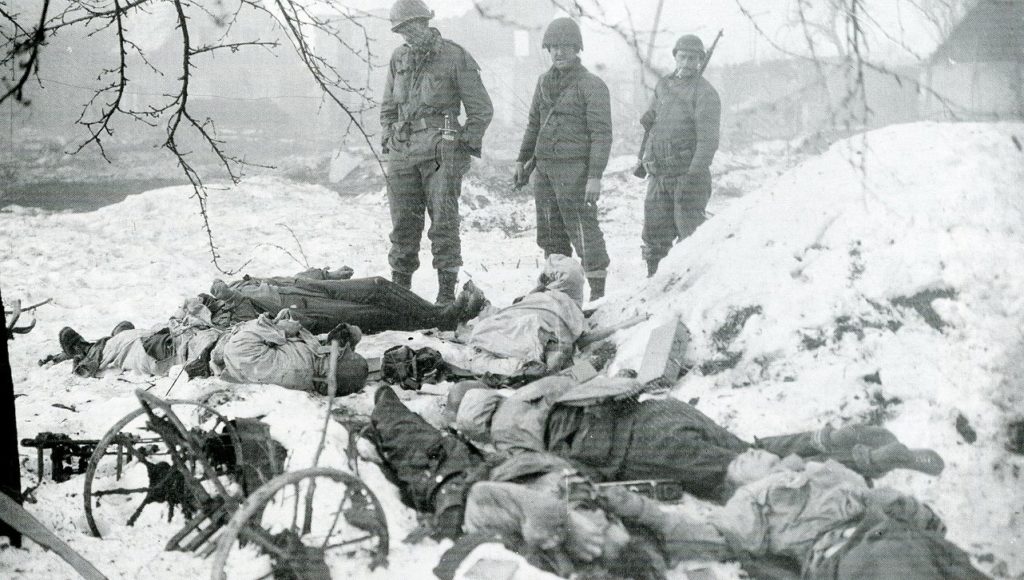
Colmar will be liberated on February 2, 1945 following these victorious battles in which the 1st RCP will have played a glorious part.
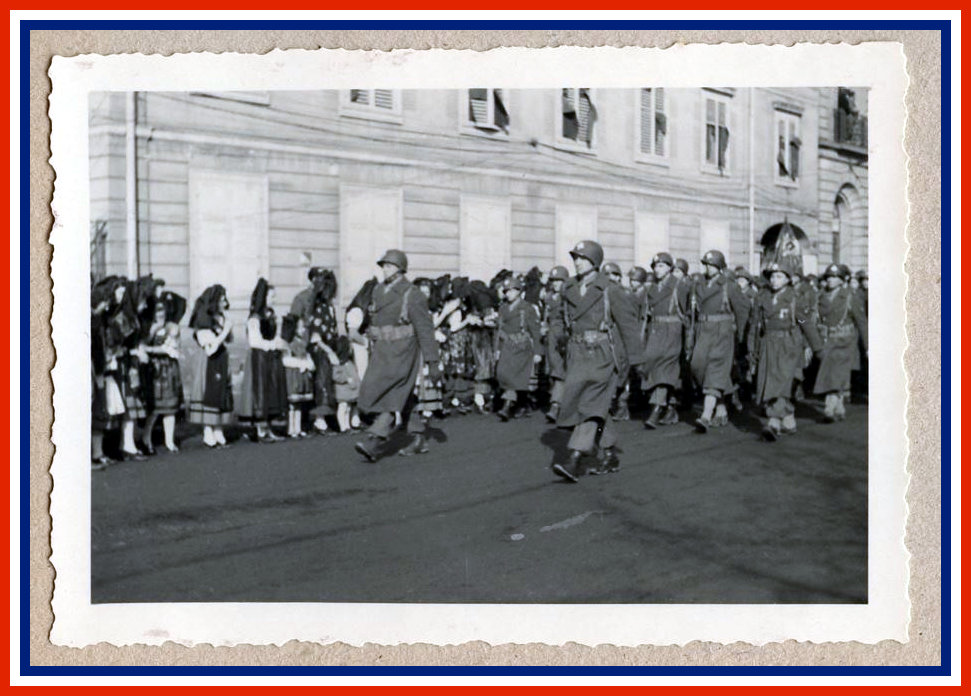
On the evening of February 11, 1945, while the majority of the paratroopers of the 1st RCP were celebrating the liberation of the Colmar pocket in the city, a German time bomb hidden in the Lacarre barracks exploded around 11 pm, killing 5 more men, injuring 15 others, and destroying almost all of the regiment’s archives.
The Alsace campaign resulted in 176 killed and 512 wounded, or 60% of its strength.
During the Vosges and Alsace campaigns, the 1st RCP paid a heavy toll, but one that was equal to the importance of the actions entrusted to it. The high command only entrusted it with difficult missions whose success could only be the expression of its worth.
We will always be grateful to the 1,156 men who were killed or wounded for their commitment and sacrifice in the service of France.
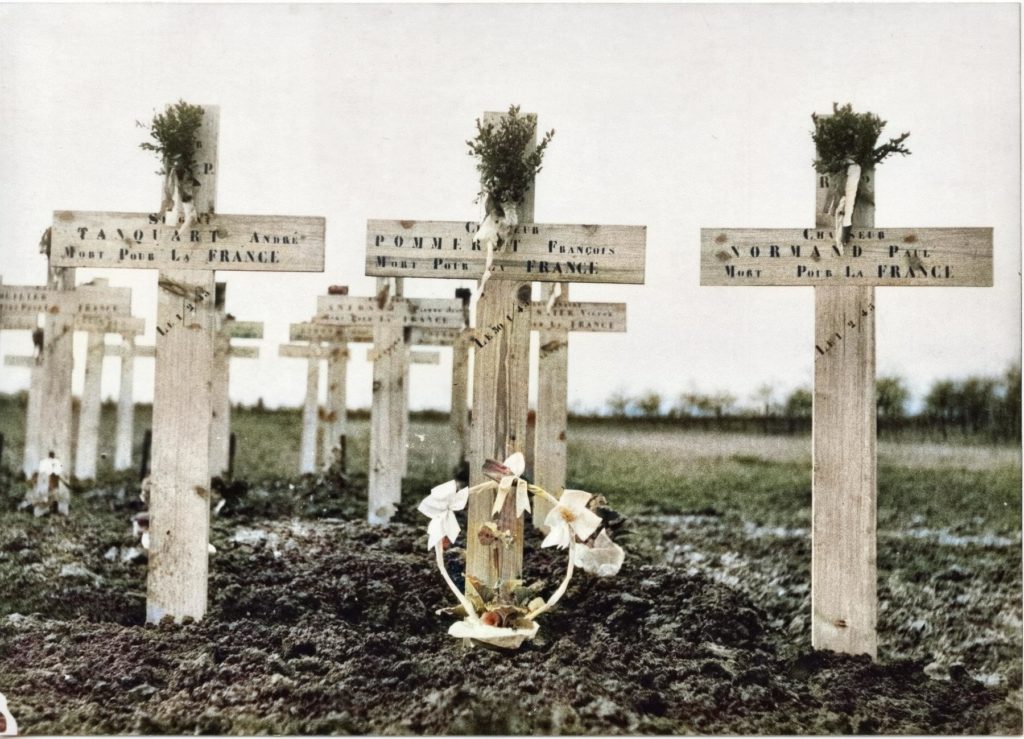
The banner of the 1st RCP carries in its folds the inscriptions of the names VOSGES 1944 and COLMAR 1945.
Its 2 citations:
For its feats of arms during the Vosges campaign, the regiment is cited:
On the proposal of the Air Ministry,
General de Gaulle, President of the Provisional Government of the French Republic, Chief of the Armed Forces, cites in the order of the Air Force
The 1st Paratrooper Regiment
“Magnificent regiment with young and ardent soul, capable of all daring and all efforts.
Under the command of Colonel Geille, remarkably assisted by major Faure, has just proved, during fifteen uninterrupted days of combat for the conquest of the Vosges passes, both its maneuvering ability and its will to win.
On October 4, 1944, infiltrating deep into the forest through the enemy’s deployment, it seizes the Morbieu pass, capturing a battery of 150 artillery, and numerous prisoners.
On the 5th, by a daring maneuver, it takes the crest of the Géhant forest, occupying it alone for twelve days, harassing the enemy and holding it in check by raids and coups de main, during which it destroys two German tanks.
From the 16th to the 18th, forcefully crossing the Ménil pass, it seizes the Rouge Gazon mountain, routing the enemy, capturing command posts and an important booty. A unit that commands admiration.”
This citation includes the award of the Croix de Guerre 1939-1945 with Palme.
For its feats of arms during the Alsace campaign, the regiment is cited:
On the proposal of the Air Ministry,
General de Gaulle, President of the Provisional Government of the French Republic, Chief
of the Armed Forces, cites in the order of the Air Force
The 1st Paratrooper Regiment
“Magnificent regiment which under the command of Lieutenant-Colonel Faure has never ceased to demonstrate, during the hard fights in which it took part, the most brilliant qualities of courage, daring and tenacity.
On December 15, 1944, it took Witternheim and Neunkirch, repulsing a hard counter-attack on the 15th.
On January 10, 1945, by an action on Herbsheim and Rossfeld, it allowed the relief of the encircled units, taking many prisoners including several officers.
Then, in close liaison with the tanks of the 5th DB, it participated on January 28 and 29, 1945 in the capture of Jebsheim where, after two days of incessant fighting going up to hand-to-hand combat, it succeeded in seizing the village whose possession was crucial for the rest of the operations, and on February 1, 1945, it took Widensolen in one leap, then enlarging the conquered zone by a succession of successful operations.
An elite unit with high morale, which always knows how to impose its will on the enemy in all circumstances.”
This citation includes the award of the Croix de Guerre 1939-1945 with a Palm.
Unteroffizier – 189.ID, Grenadier Regiment 1213.
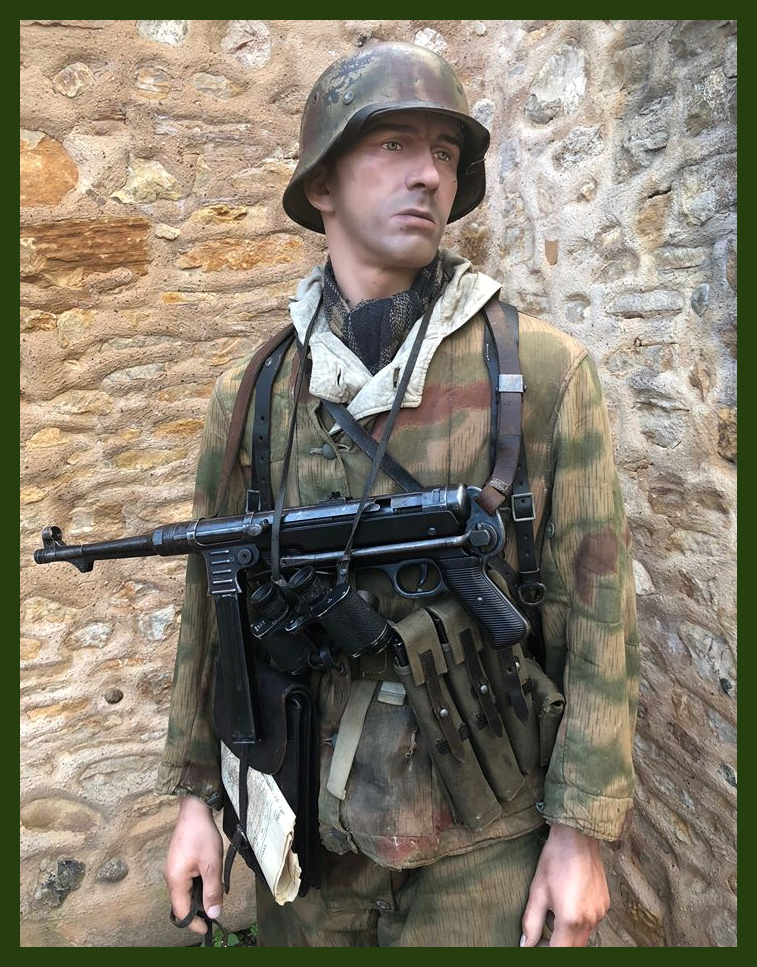
This German Sergeant, group leader, is armed with a MP40 submachine gun.
The equipment of this under-Officer includes a ammunition magazine holder, a pair of binoculars, a card holder and a compass.
On top of his standard outfit in wool “feldgrau” this soldier wears a reversible camouflaged outfit : on one side it is camouflaged
in 3 tones (autumn/spring) and on the other it is totally white (winter / snow).
The 1940 model helmet was deliberately painted “3 tones” to perfectly complete his camouflage.
From mid-December 1944 the 189. Infantry Division is engaged in the sector of Colmar.
The Grenadier Regiment 1213 will be totally annihilated in February 1945 during the reduction of the Pocket of Colmar.
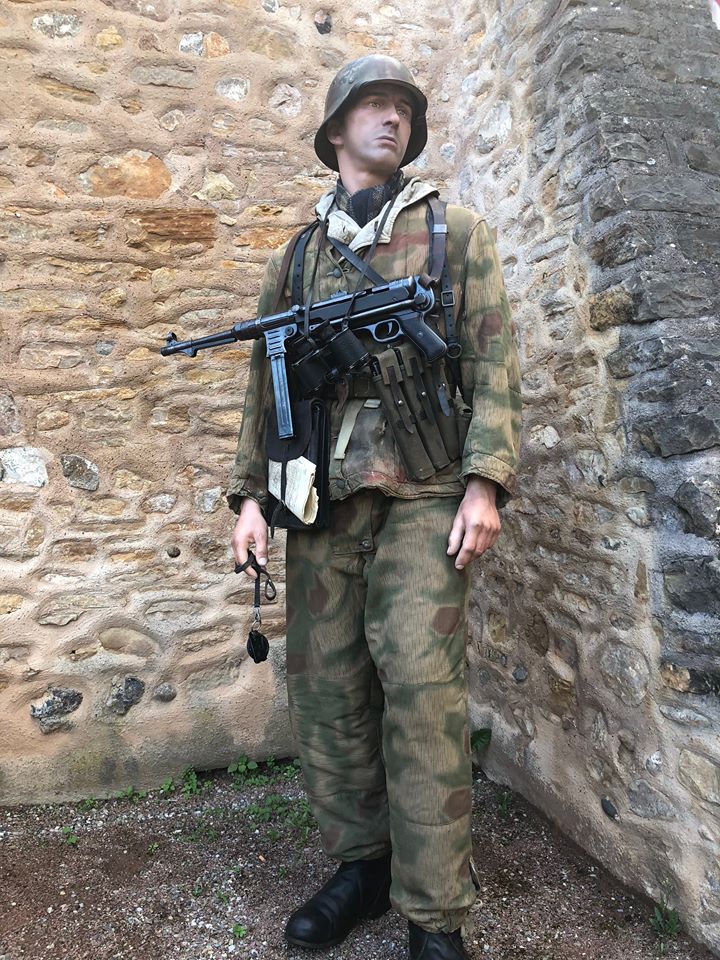

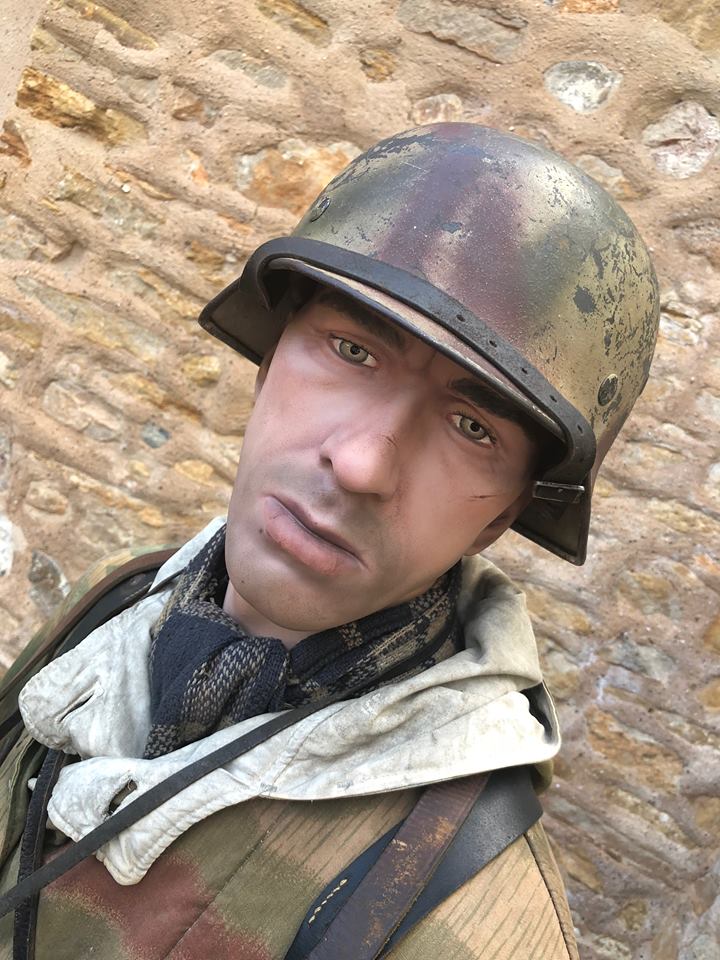
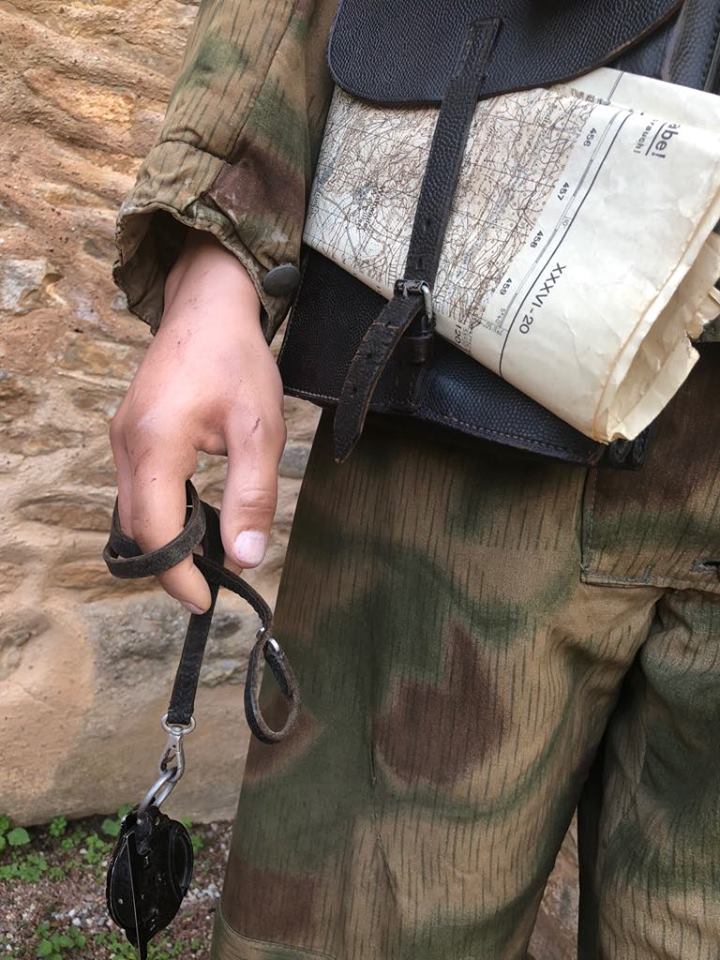
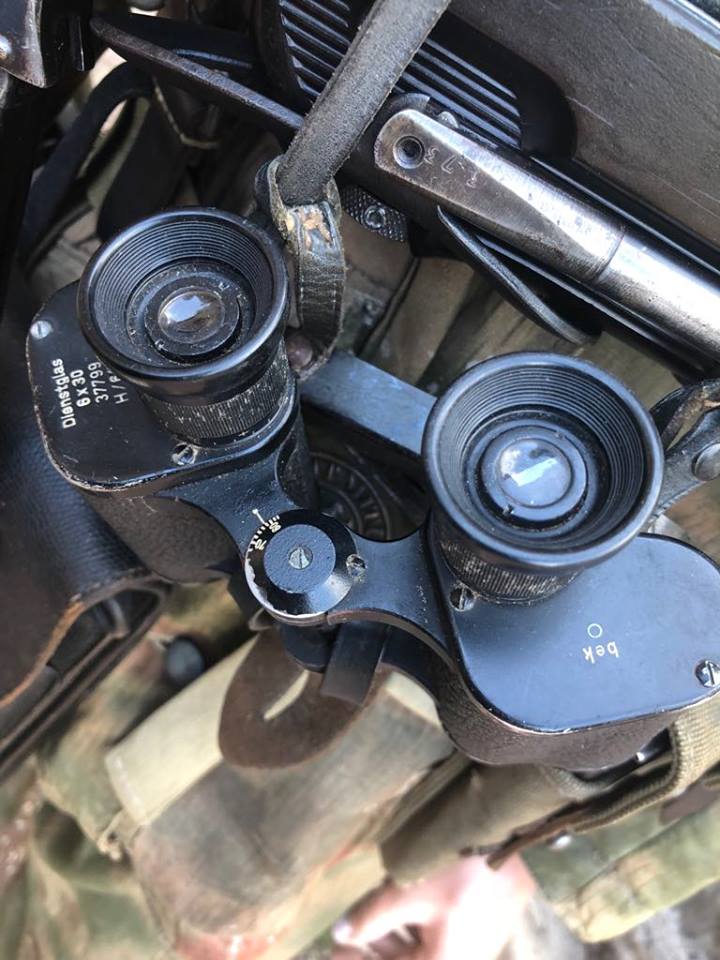
QR CODES…OUR HISTORY…discover the history of the men and women who are “hidden” behind the artefacts presented.
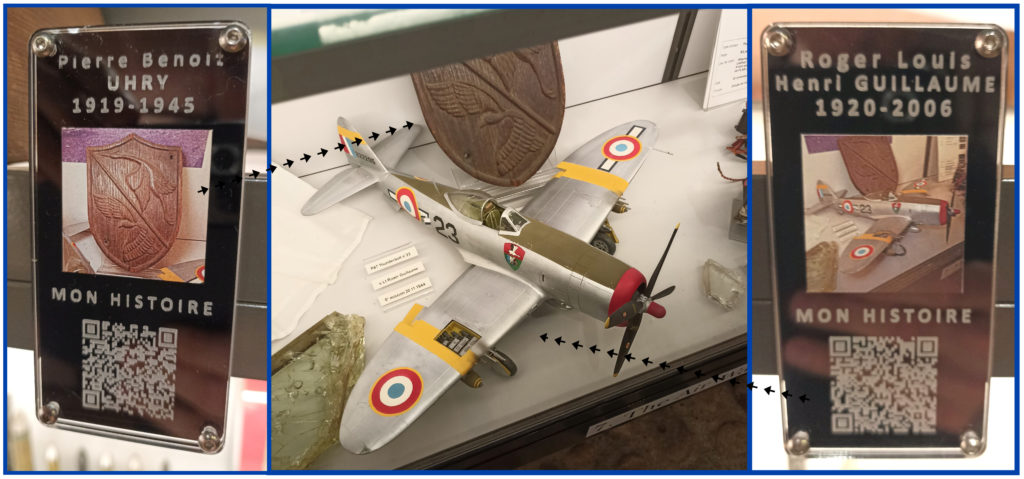
It is important for us to be able to tell and share with you the particular stories of those who lived through these terrible events…some of whom lost their lives for our freedom.
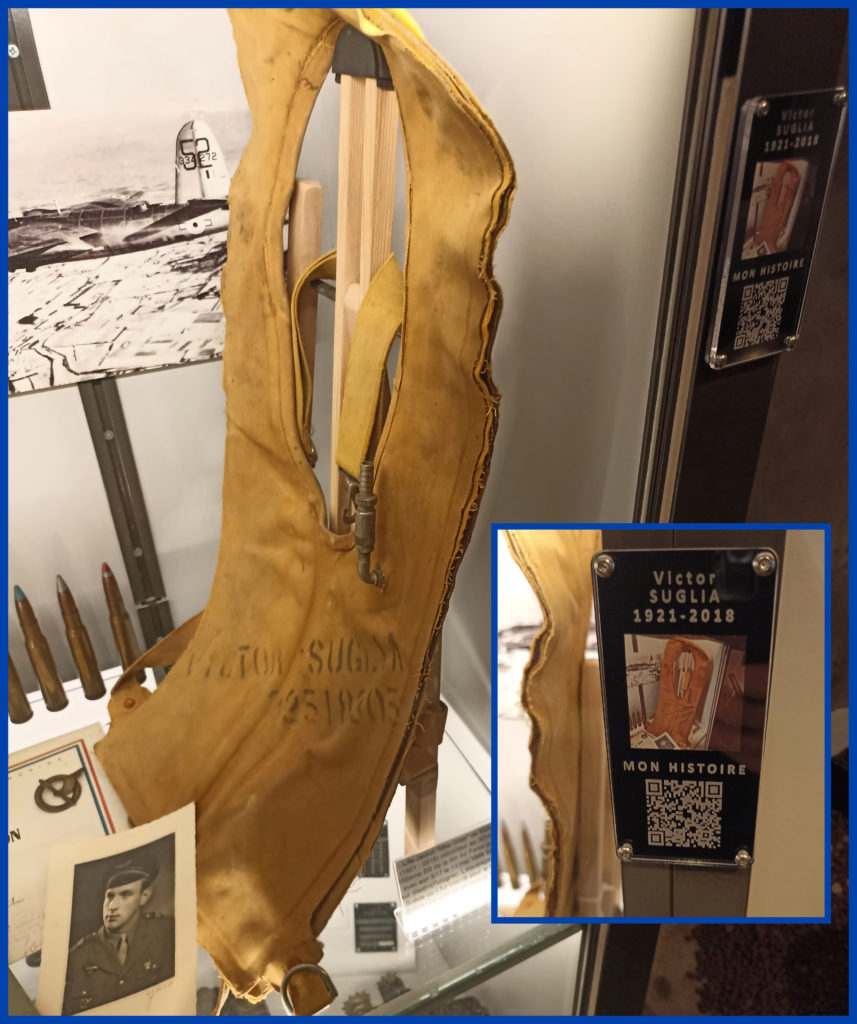
By means of these QR codes placed near the objects, presentations concerned, you can simply read the QR code with your smartphone to download the itinerary of the objects, technical or historical data.

The texts are illustrated by photos and documents in order to have a better understanding of the events or the people who took part in them (any additional document is welcome).
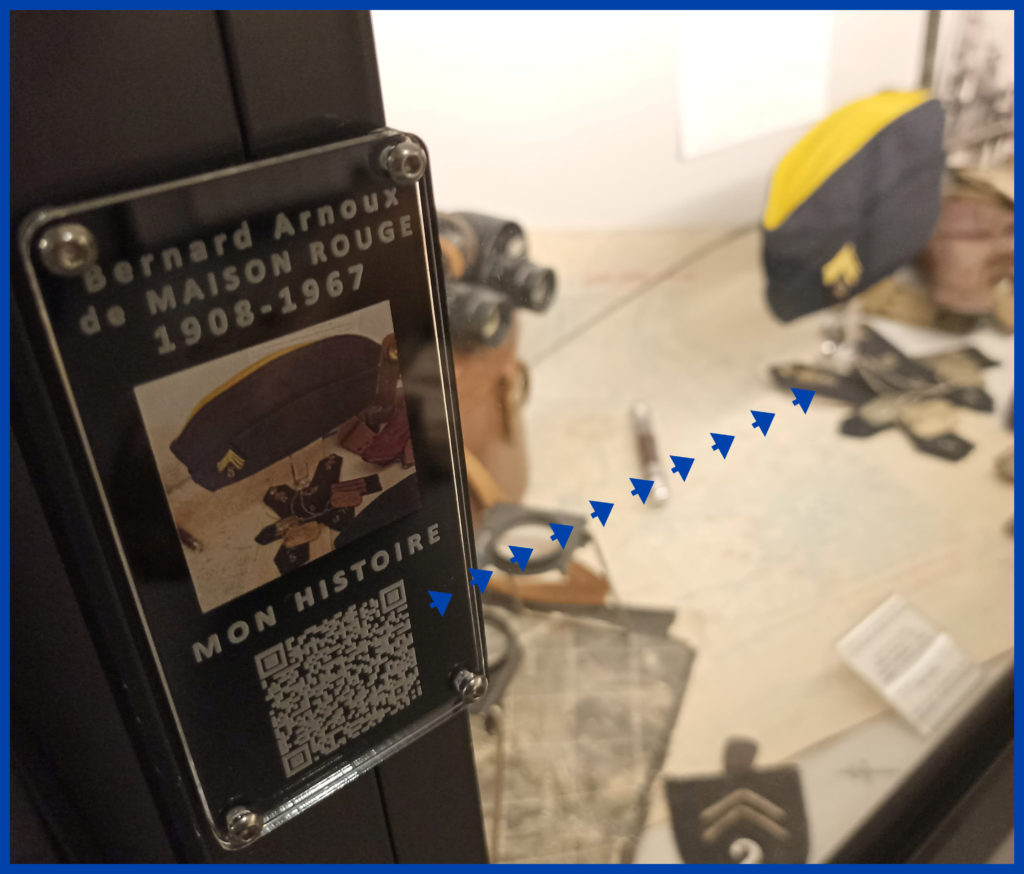
The result of extensive (and ongoing) research by members and friends of the Memorial Museum, new QR codes are regularly added to those already in place.
We wish you an excellent visit full of discoveries.
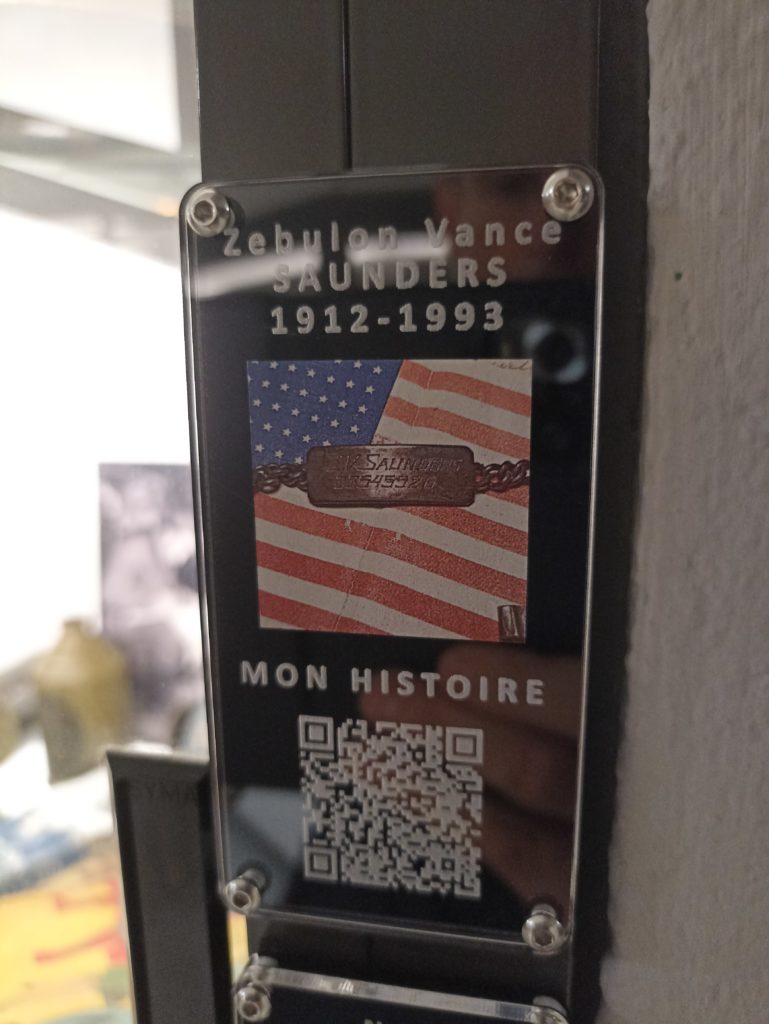
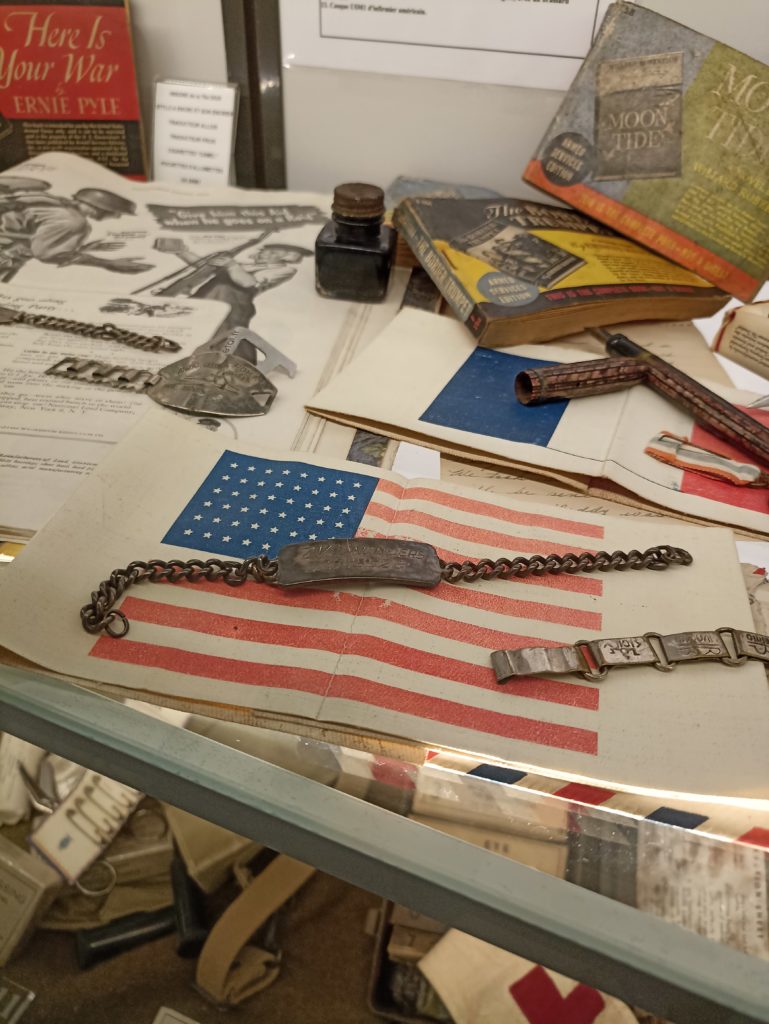
Zebulon Vance SAUNDERS 1912 – 1993
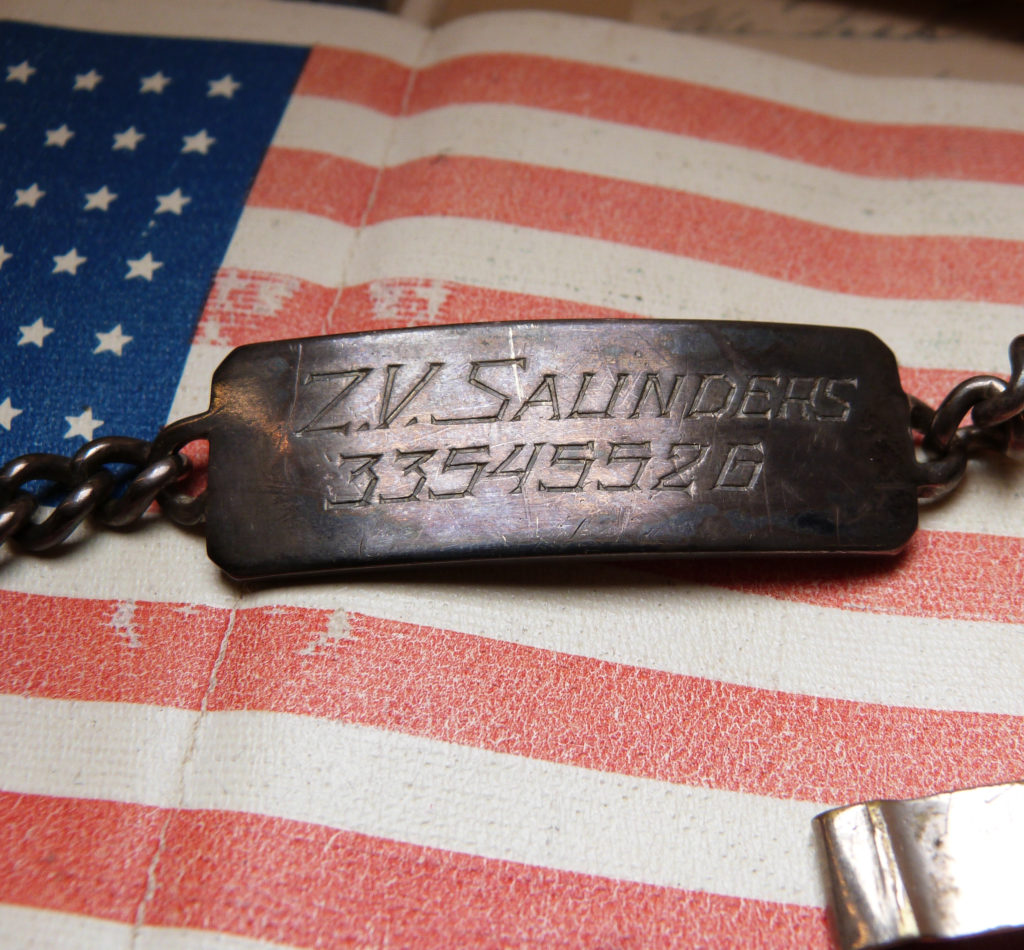
My name is Zebulon V. Saunders, identification number 33545526. I was born on 15 September 1912 in Virginia.
In the 1930s, I was hired by the well-known company “Pepsi Cola”.
On 16 December 1943, I enlisted in the US Army for the duration of the war.
I did my training in Fort McClellan (Alabama), as well as 500,000 recruits who completed their training there during the war.
In February 1944 my training unit was Company B, 17th Battalion and my instructor Captain E.A. McNear.
A year later, on 17 December 1944, the 30th US Regiment took part in the violent fights for the liberation of Kaysersberg (Haut-Rhin). That same day, I was awarded the Bronze Star and reported Missing in Action.
It was only a month later, on 23 January 1945, that I was traced. I was imprisoned by the Germans and remained so until the end of the war.
I was detained in the Stalag 317, an internment camp in Markt Pongau (Austria), where the living conditions were really harsh.
I was liberated on 29 June 1945 and finally went back to Virginia.
After the war, I became a sergeant police officer in the Suffolk County until I retired.
On 16 February 1993 at 2.45 am, I died at the age of 81 in the Louise Obici Memorial Hospital. I rest in peace by the side of my beloved wife Mary.
My bracelet you can see here is a souvenir from my training during which I obtained 191 points in a firing contest. It was found in the 1990s in the vineyards near Kaysersberg Castle (Haut-Rhin). It is now displayed in the Museum Memorial as a souvenir of all my mates who came to Europe to liberate it from the Nazis and even sacrificed themselves to do so.
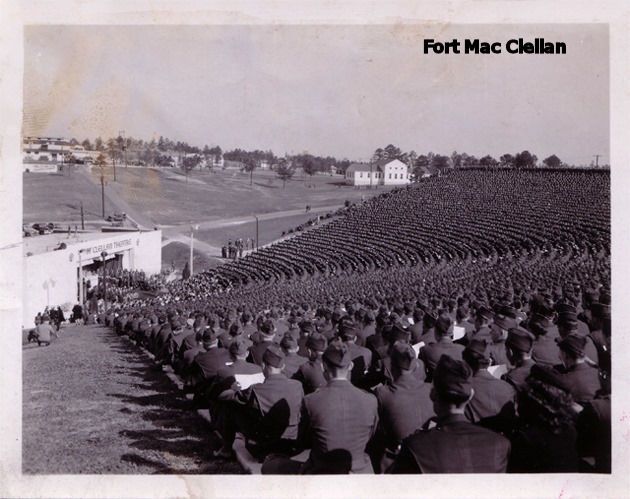
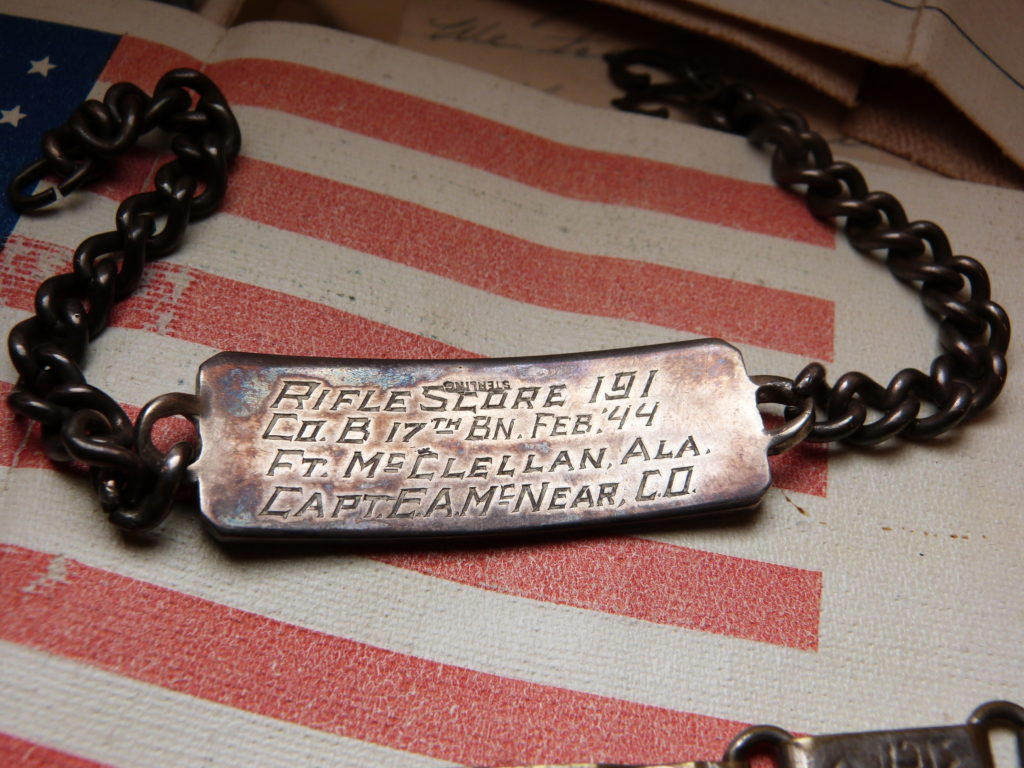
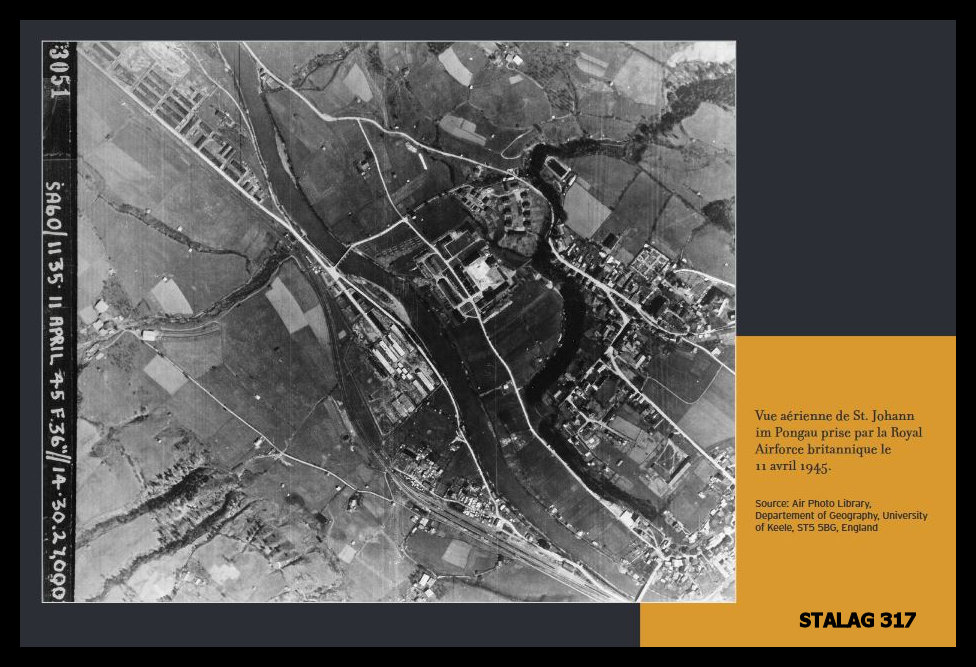
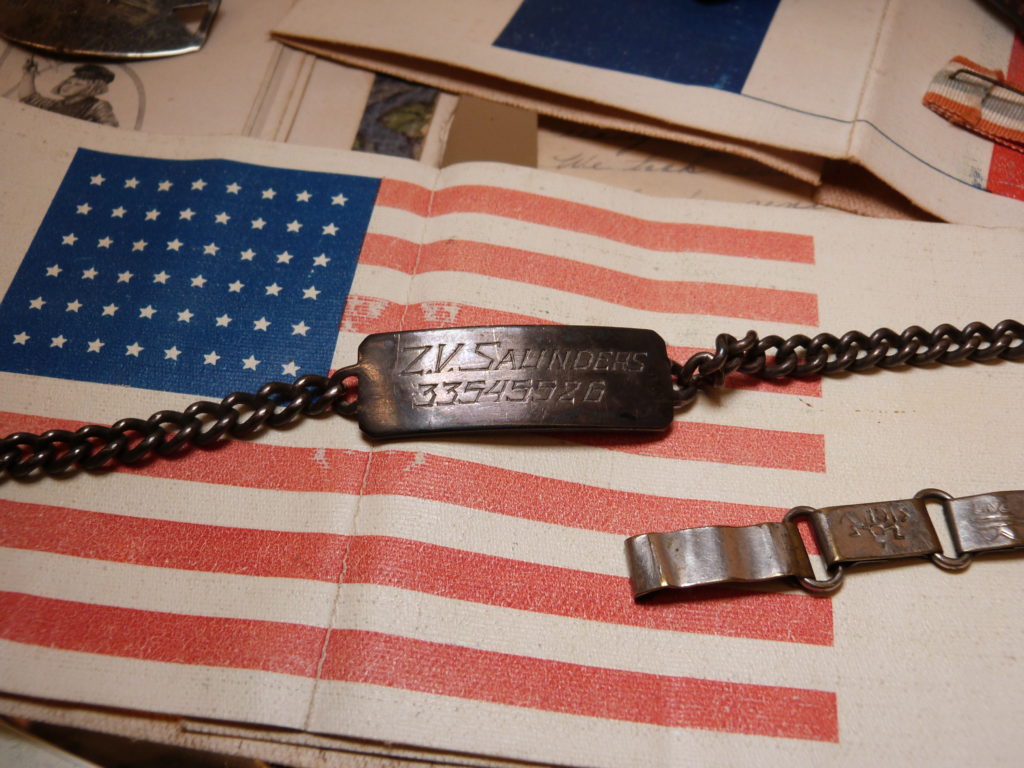
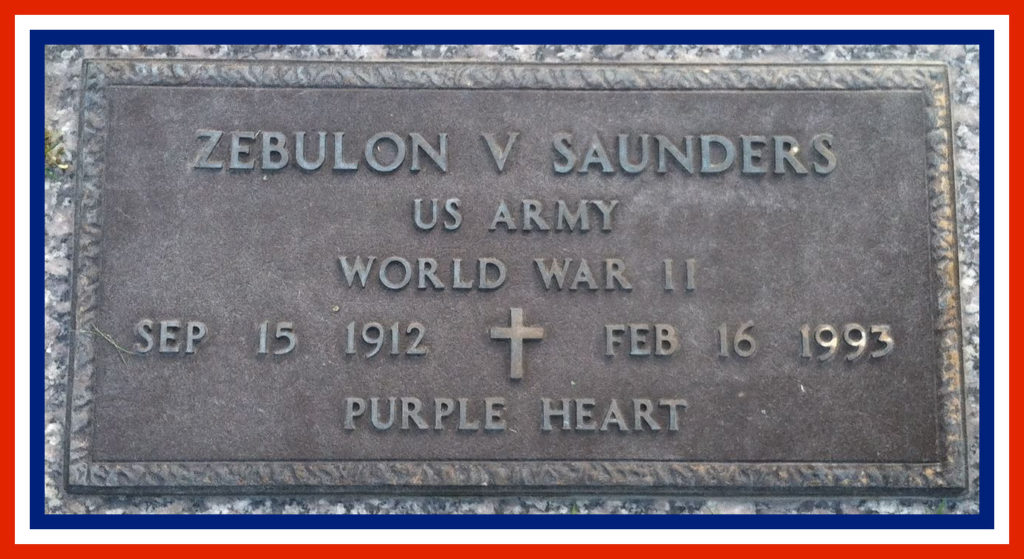
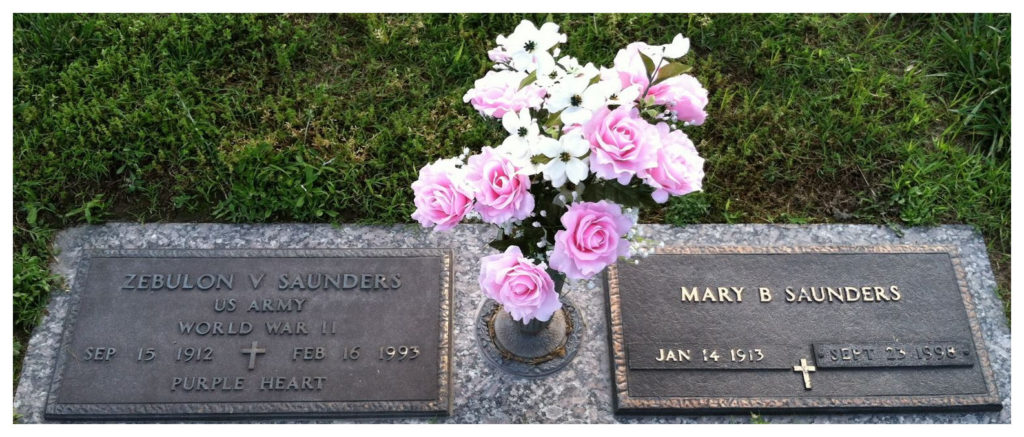
Edgar Emile OBERLIN 1921 – 1999
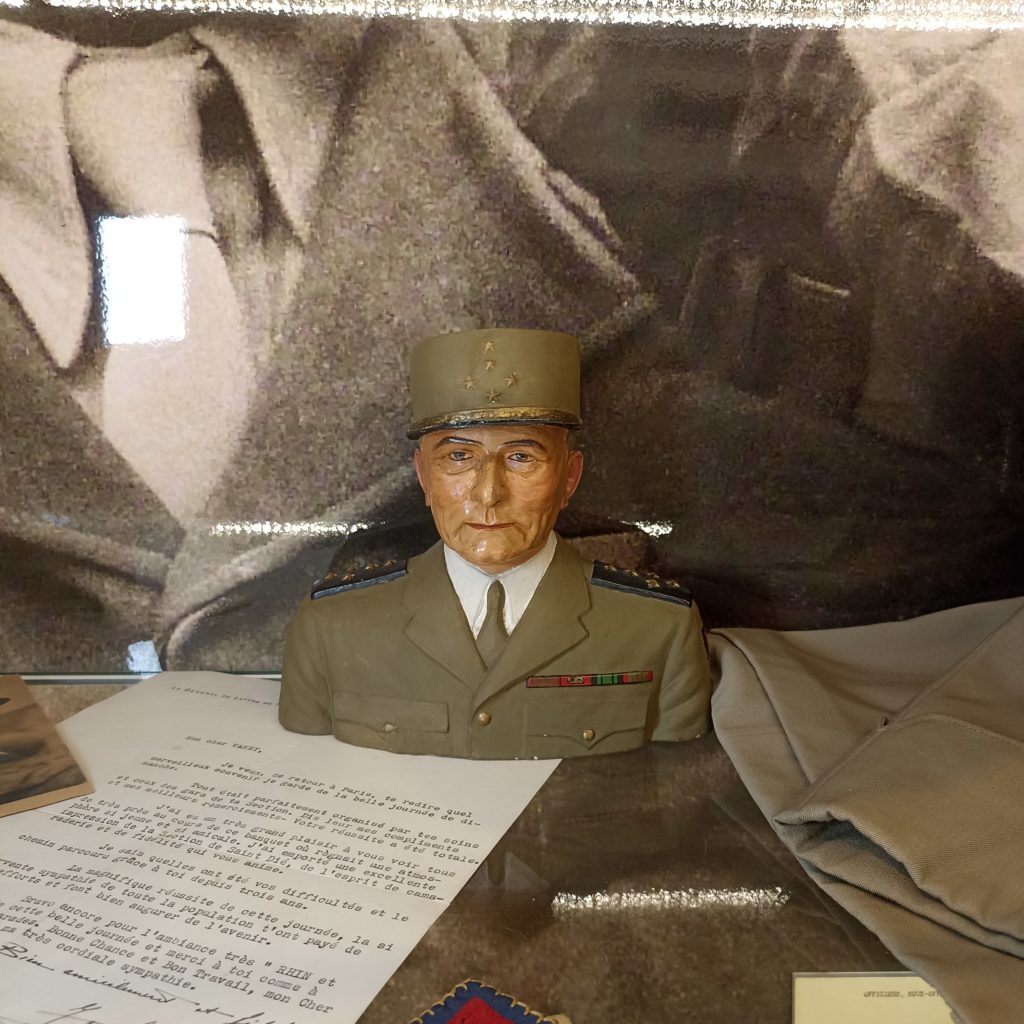
Bust representing General de Lattre made as a tribute by Edgar Oberlin from Colmar who was formerly drafted by force in the german army and then soldier of the 1st French Army. He gave another bust to Ms de Lattre, similar to the one presented here, which was given to the museum after her death.
Edgar Emile Oberlin
My name is Edgar Emile Oberlin. I was born on 6 April 1921 in Colmar (Haut-Rhin), where I used to live with my parents.
During the annexation of Alsace, I was unfortunately drafted by force in the German Army on 16 January 1943, along 100,000 other Alsatians to avoid the deportation of my family.
The “Alsatian paradox”: fighting under a foreign uniform. Though some, like Edgar Oberlin, managed to join and fight along the Army true to their roots.
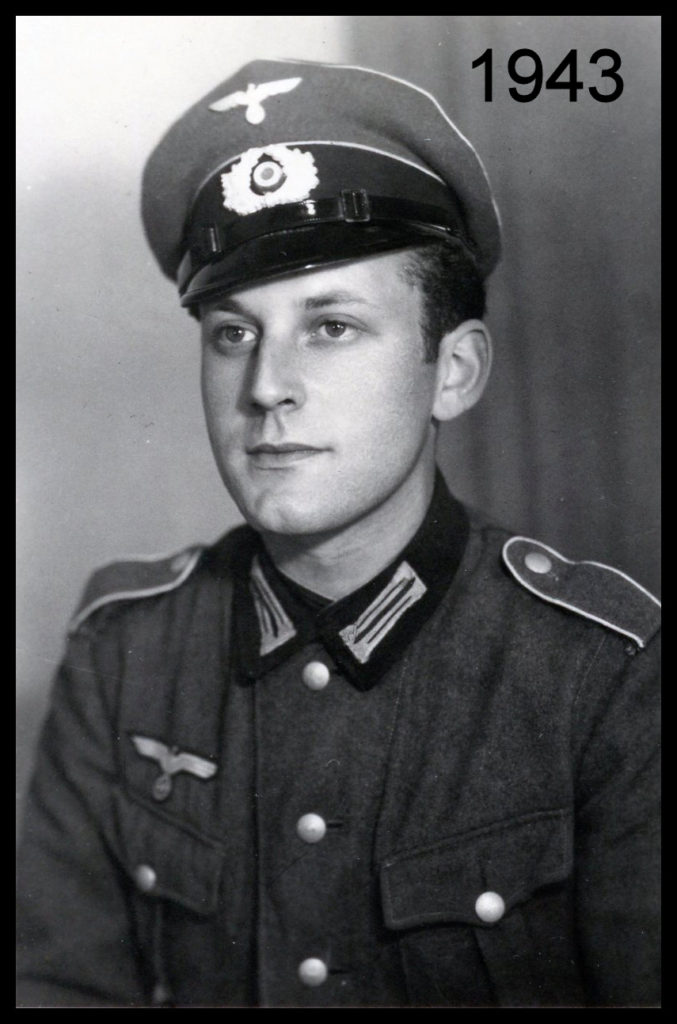
On 10 June 1944 in Italy, I managed to desert – and was declared missing by the German. On 14 June, I joined the French Expeditionary Corps (CEF).
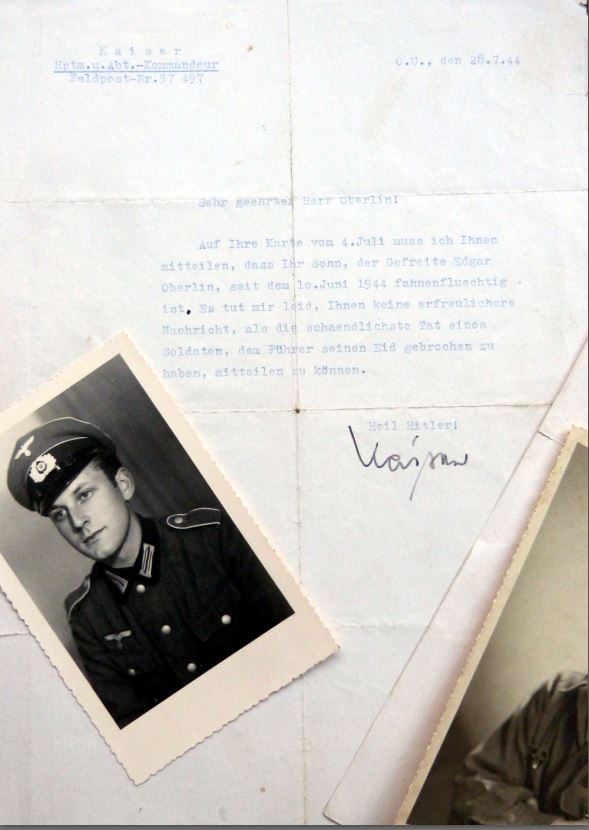
que leur fils est porté disparu depuis le 10 juin 1944 – document famille Oberlin.
I was assigned to the Supply Company of Beach Base 901/5 on 26 June 1944. It was part of the Company 901, which was the logistics unit of the future 1st French Army (supply, stewardship, gas, and health).
On 16 September, I boarded in Napoli to arrive in Marseille 3 days later. The city was liberated on 28 August by my mates.
I went up the Rhône Valley and took part in the Vosges and Alsace Campaigns.
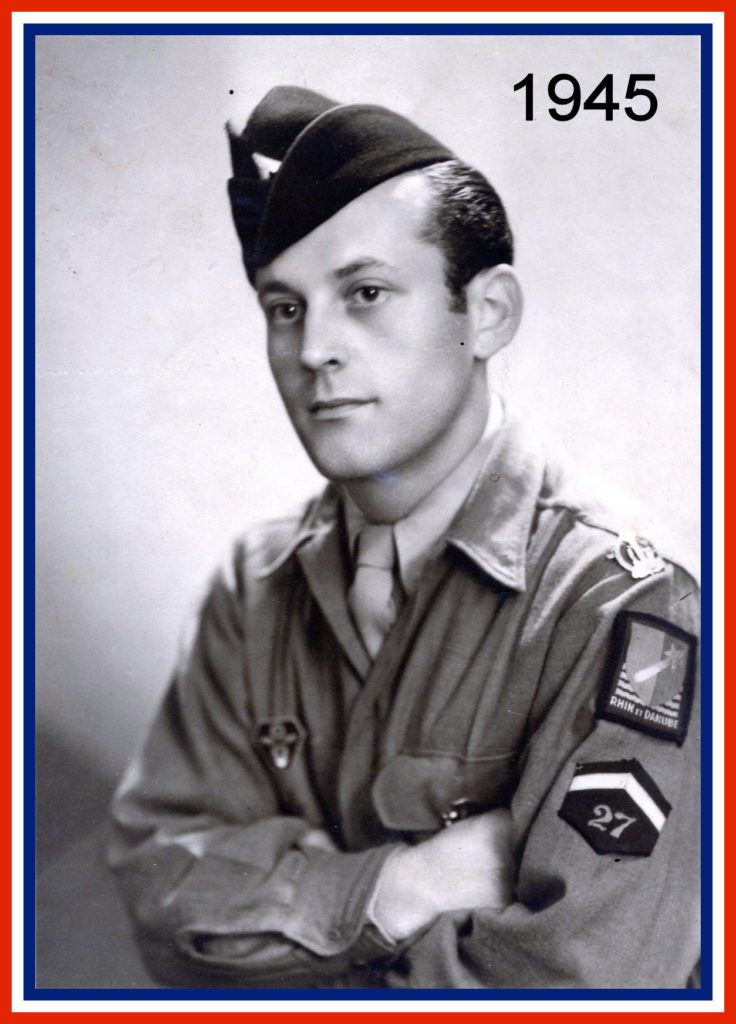
On 20 November 1945, I was demobilised in the CM110 in Colmar.
Edgar Oberlin died at 78 on 2 December 1999 in Colmar. He was buried in the Ladhof cemetery.
Drawing representing the Reichsarbeitdienst (Reich Labour Service) by Edgar Oberlin according to his experience.
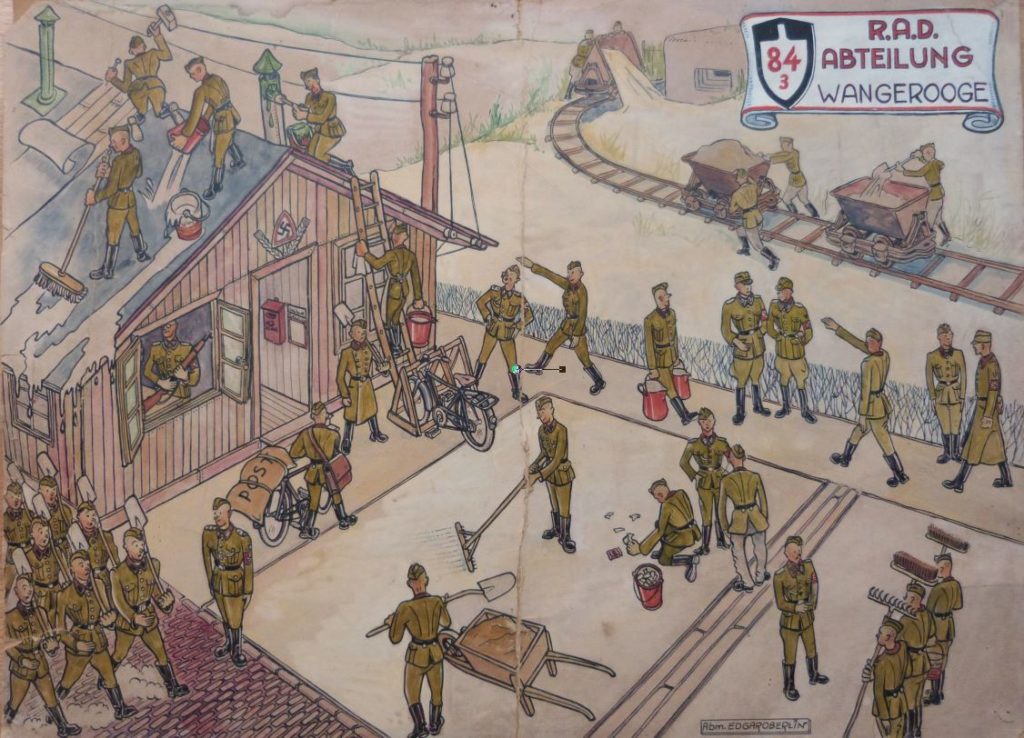
The “Liberation of Colmar” drawn by Edgar Oberlin, a former member of the Rhine & Danube…at the intersection of Rue Stanislas, Avenue de la République, Rue Kléber and Boulevard du Champs de Mars in Colmar.
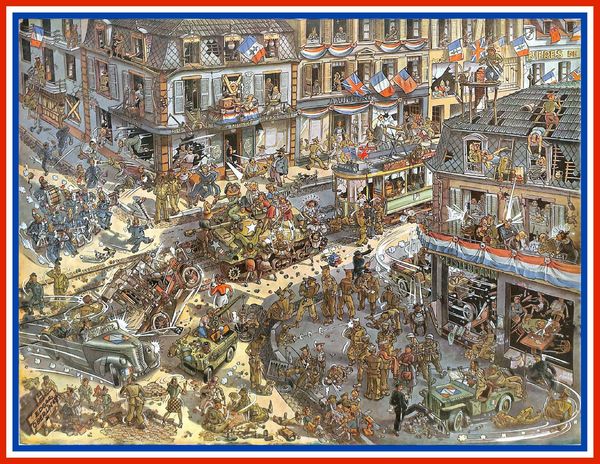
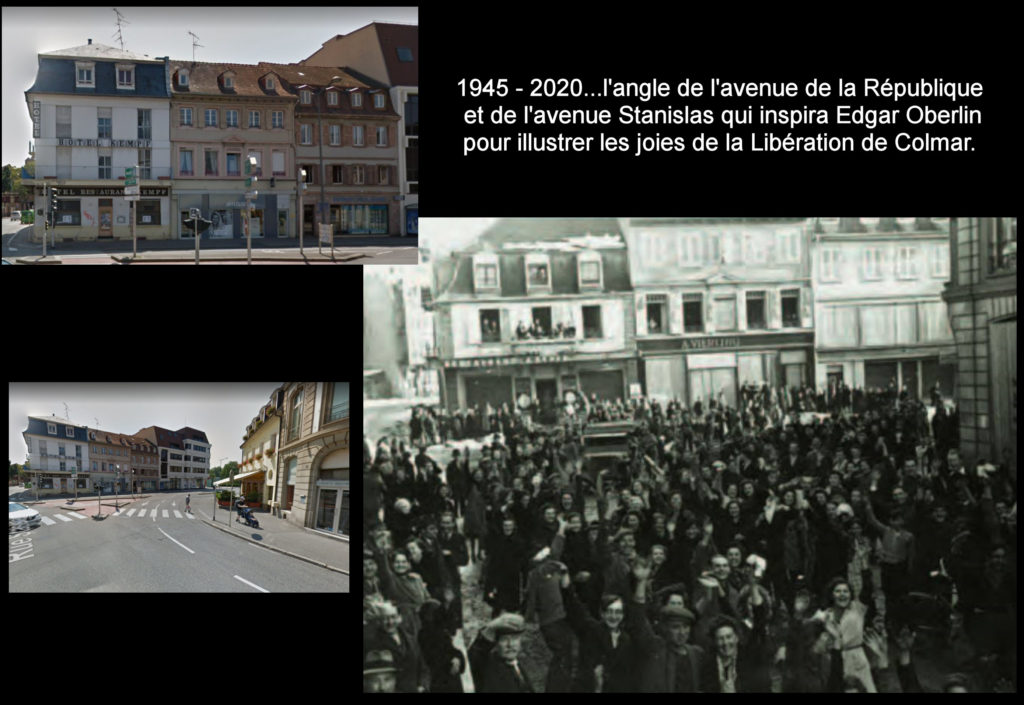
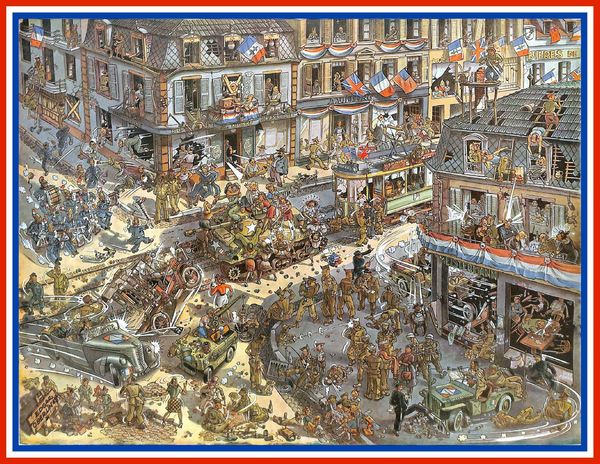
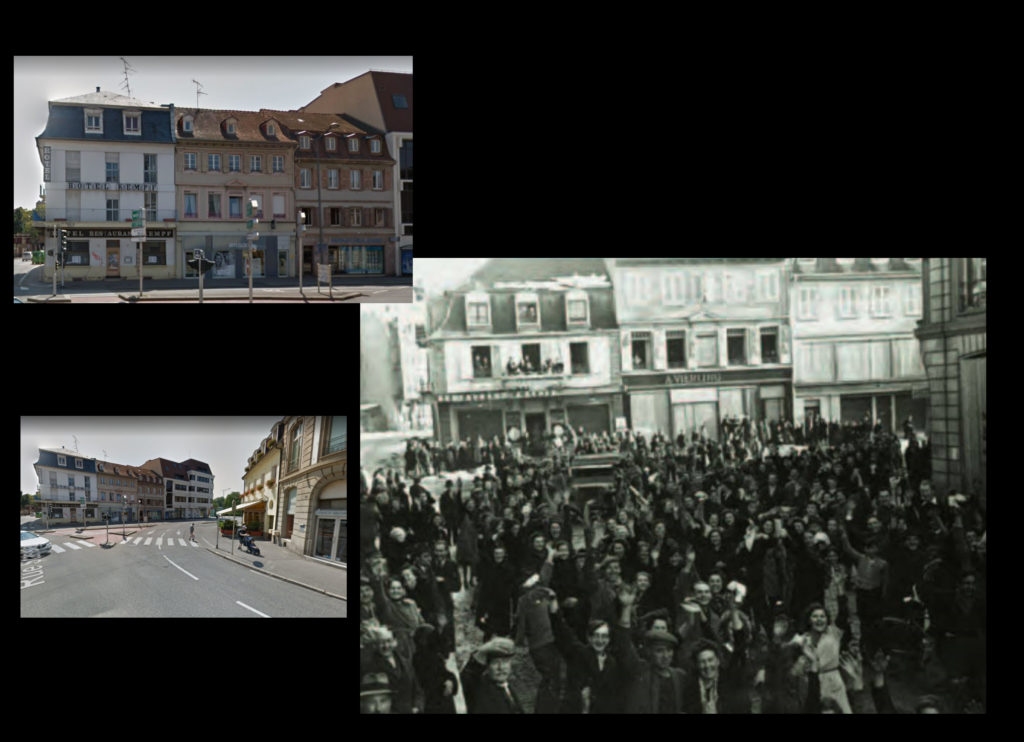
NB: Supply Company of Beach Base 901/5
Unit created on 5 August 1943 in Algeria under the name of 901/5 Supply Company of Beach Base. It landed in Italy on 22 November 1943 then was transferred in Provence on 15 September 1944. It settled in Dijon in October 1944, then in Nancy in April 1945 and then in Strasbourg on 5 May 1945. On 1 September 1945, its name was changed to 901/5 Headquarter Command. It settled in Kehl in Germany early 1947 and got dissolved on 31 January 1948.
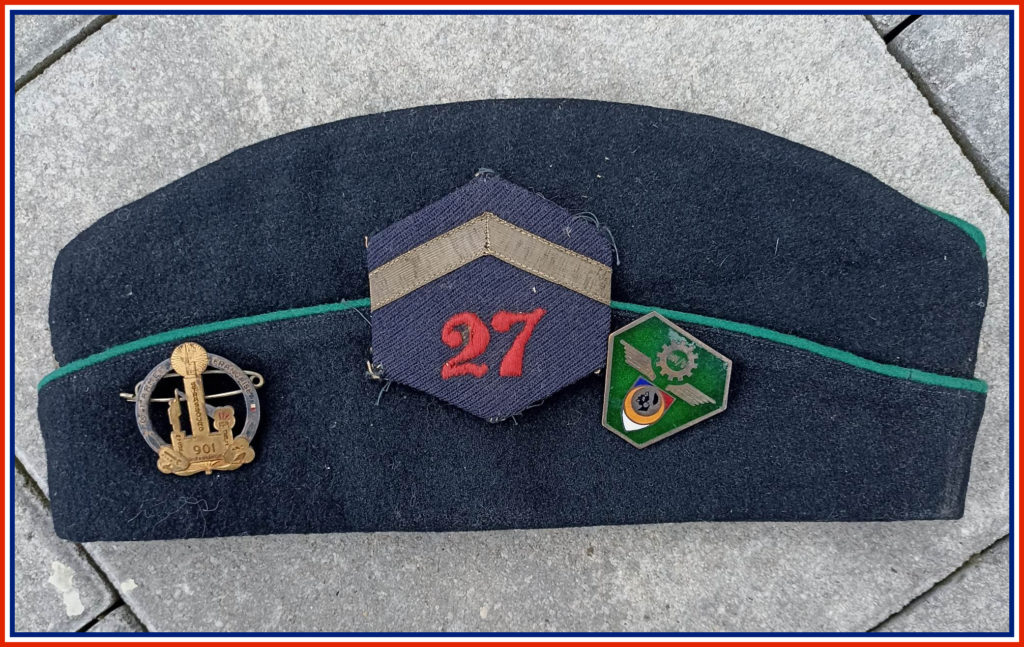
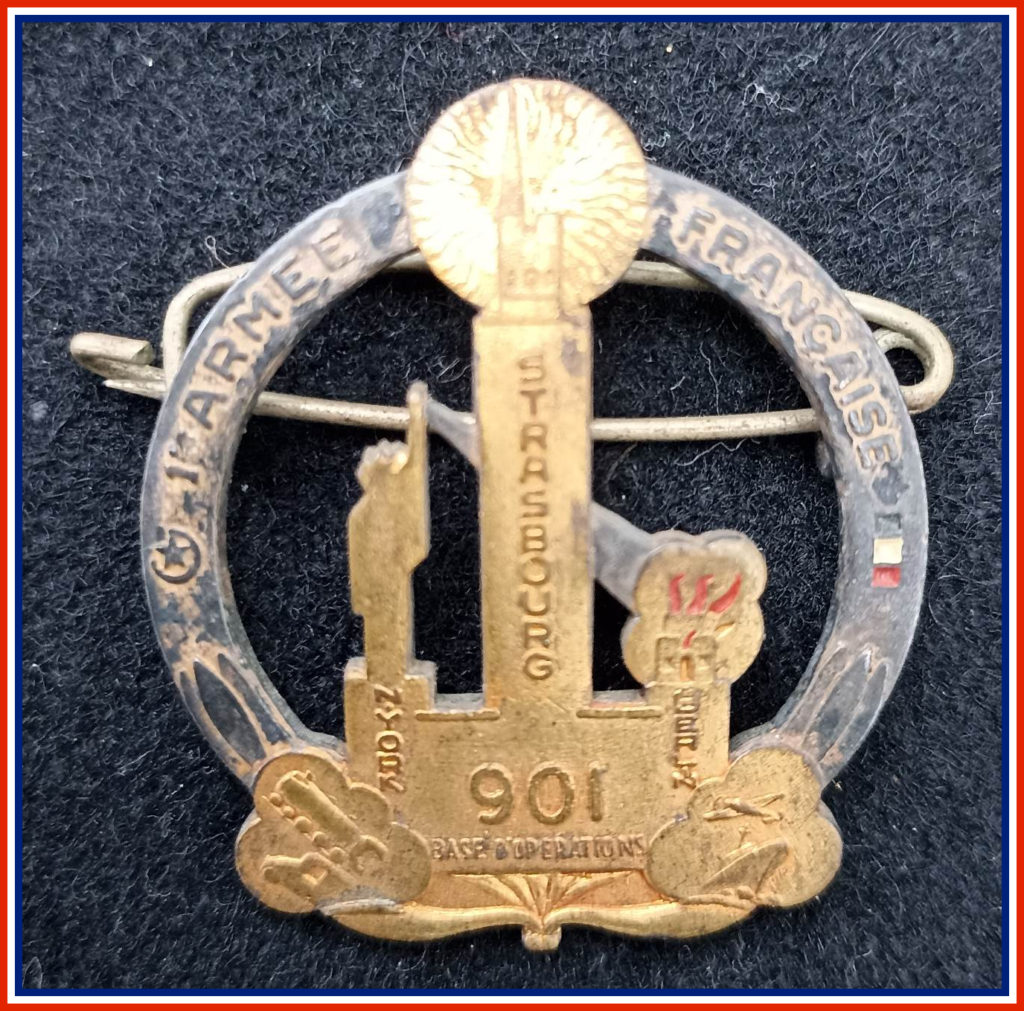
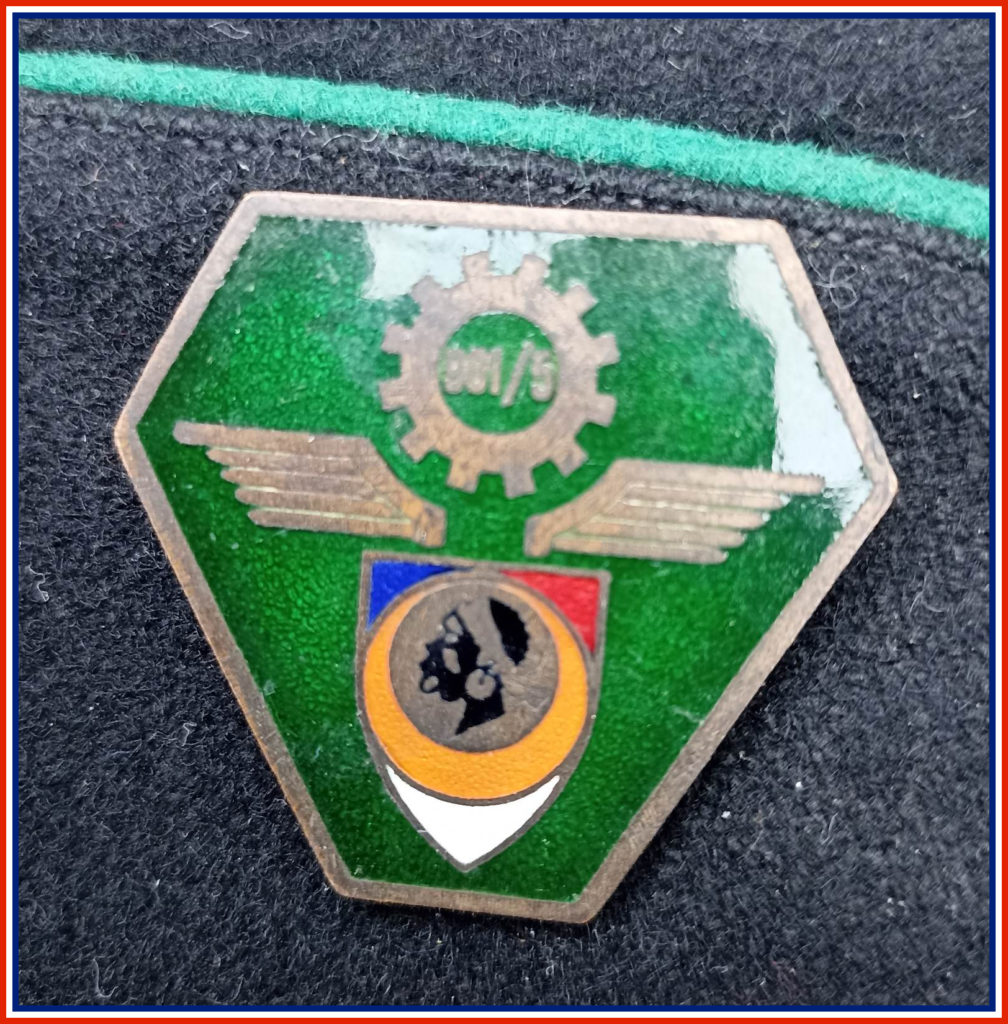
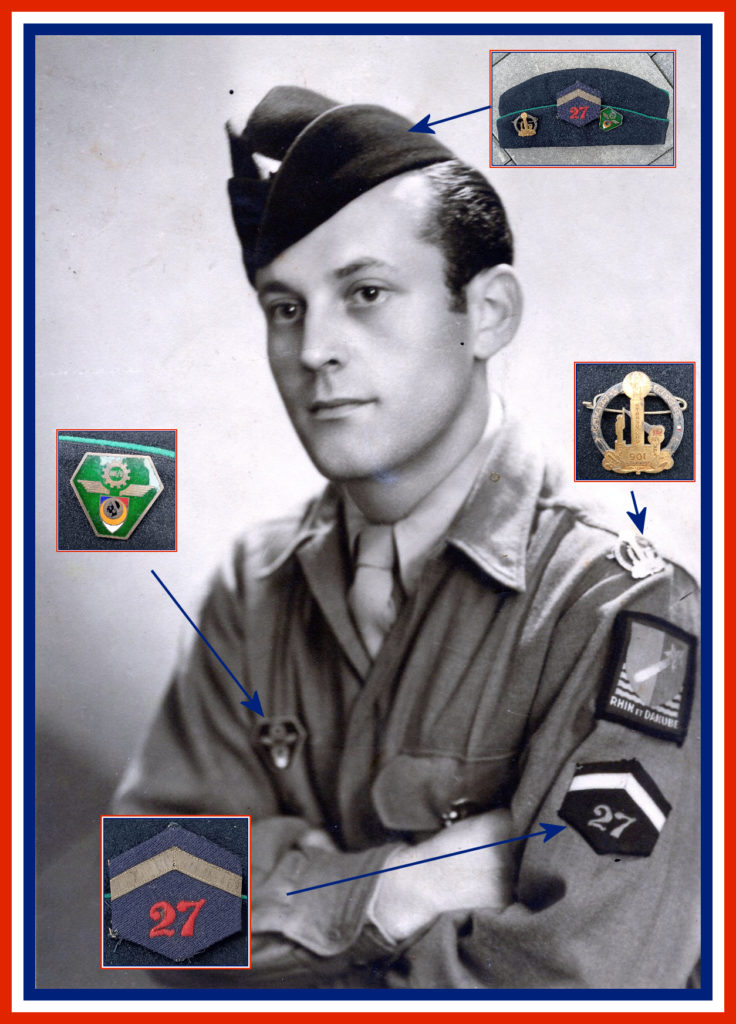
We sincerely thank Mrs Oberlin, his wife, for the donation of Mr Edgar OBERLIN’s personal belongings so that we could pay him this tribute.
Jacques René MOLTOT 1916 – 2004
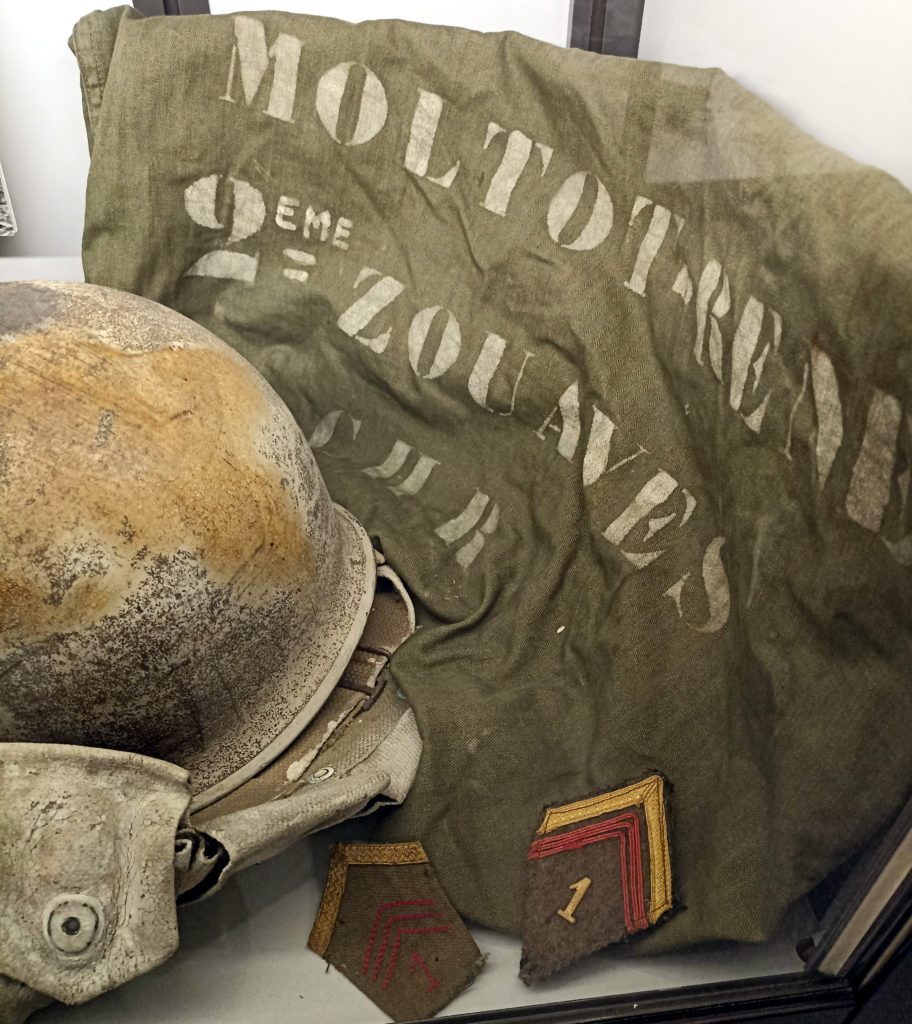
A barrack bag like no other.
This gear bag, aka barrack bag, was made on 5 June 1944 in Miami (Florida) by Canvas Products Co. As shown by its markings, it belonged to René Moltot from the 2nd Zouave Battalion of the off-rank company of the 1st French Armoured Division. Thanks to this customised gear, all men and women who fought Nazism can be remembered. They came from various life paths but all had the common goal of liberating France and Europe from Nazis.
Jacques René Moltot:
I was born on 26 February 1916 in St Lucien (Oran) in Algeria.
In 1936, I joined the French Army and was assigned to the 137th Infantry Regiment.
Late 1941 I joined the 2nd Zouave in Alger as a caporal-chef (literallycorporal chief or senior corporal a rank wich does’nt exist in the US Army).
On 1 September 1939, I was promoted sergeant. On 26 September 1939, I embarked in Oran and arrived in Beyrouth (Lebanon) on 10 January 1941. On 24 August 1941, I reached metropolitan France once again and landed in Marseille (Bouches-du-Rhône).
On 5 November 1941, I enlisted again in the 2nd Zouave and arrived in Alger on 17 November. I was assigned to the 1st Company and then to the 2nd. On 13 July 1942, I obtained the licence of platoon leader in Sidi-bel-Abbès (Algeria). On 5 January 1943, I was moved to the staff of the 1st Battalion (which later became the 2nd Zouave Battalion on 16 February 1944) and promoted sergent-chef (equivalent of staff sergeant in the US Army).
On 16 April 1943, I was promoted sergent-major (technical sergeant in the US Army) by order of the regiment #70.
On 1 February 1944, I became adjudant (first sergeant in the US Army) by order #10.
As part of the 1st Armoured Division of General Touzet du Vigier, I embarked on 4 September 1944 in Mers-el-Kebir (Algeria) to land in St Tropez (France) on 9 September. The infantry of the 1st Armoured Division consisted of 3 Zouave battalions: the 1st, 2nd and 3rd.
I took part in all fights of the 2nd Zouave Battalion during the French Campaign with the 1st Armoured French Division .
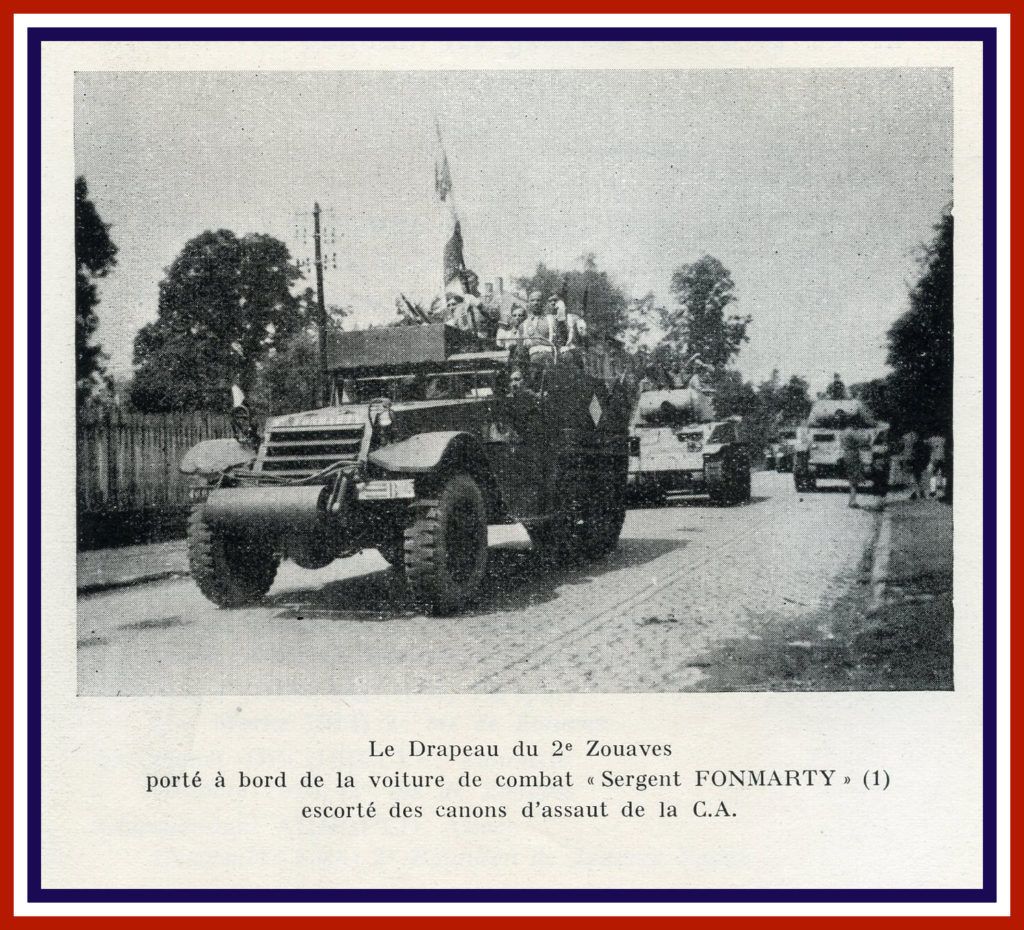
In Alsace, I was commended in the order of the brigade for my action on 1 February 1945 near the old Cistercian monastery of Schoenensteinbach in Wintzenheim (Haut-Rhin).
Commendation in the general order #5 on 9 March 1945 by General Caldairou, commander of the 3rd combat command:
Jacques Moltot, first sergeant, 2nd Zouave Battalion, 2nd Company, identification number 1829.
“Platoon leader of the commanding platoon of the Company. Brave and calm non-commissioned officer. On 1 February 1945, during the Schoenensteinbach attack, led with a cool head the movement of the elements of the captain’s command post under the fire of a nebelwerfer (rocket launcher) and 88.”
With this commendation, he was also awarded the Croix de guerre 1939-1945 with bronze star.
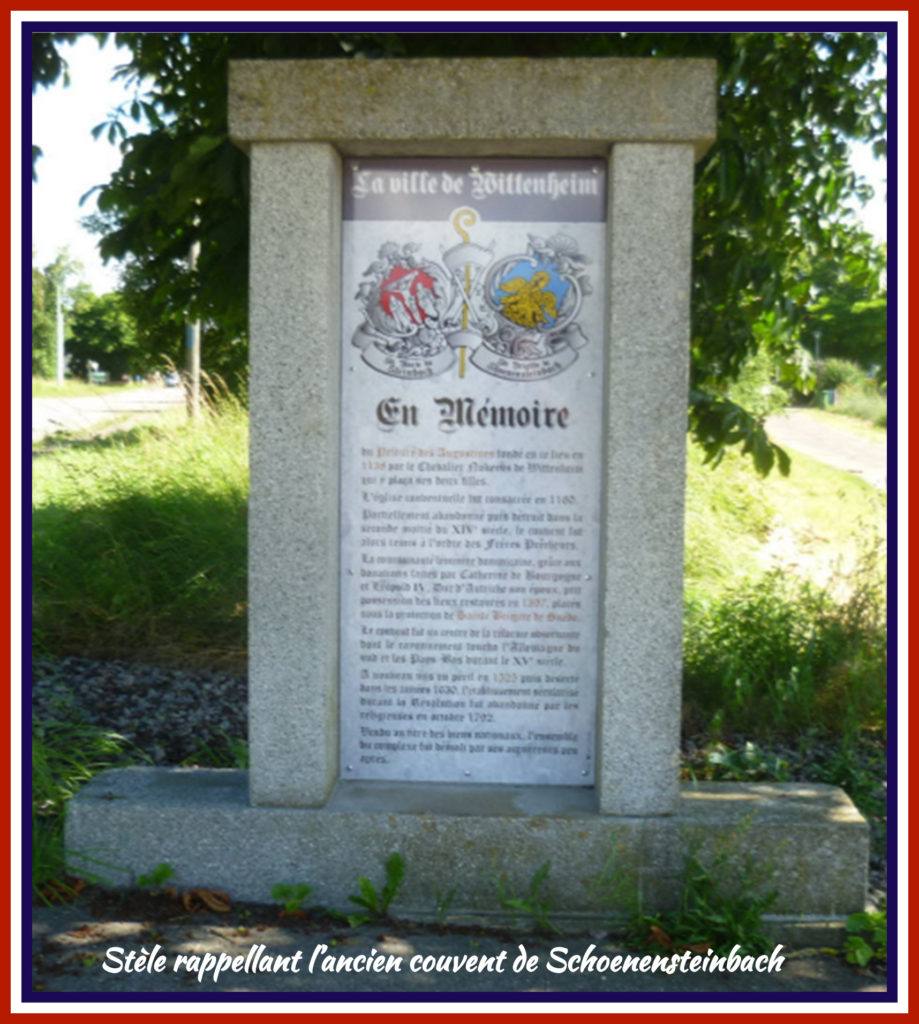
I ended my journey in Trier (Germany) on 11 October 1945. From there I then came back to France and reached Angoulême (Charente) on 13 October. I was promoted adjudant-chef (master sergeant in the US Army) on 2 October 1945.
After the war, I decided to continue my military career. From 1939 to 1952, I fought in Indochina and from 1954 to 1964 in Algeria. I was awarded the military medal in 1952.
I left the active service on 8 August 1969 after 33 years of good and loyal service.
Jacques René Moltot died on 26 August 2004 in Toulouse (Haute-Garonne) at 92.
According to the records of Jacques René Moltot found at CAPM in Pau (Pyrénées-Atlantique).
